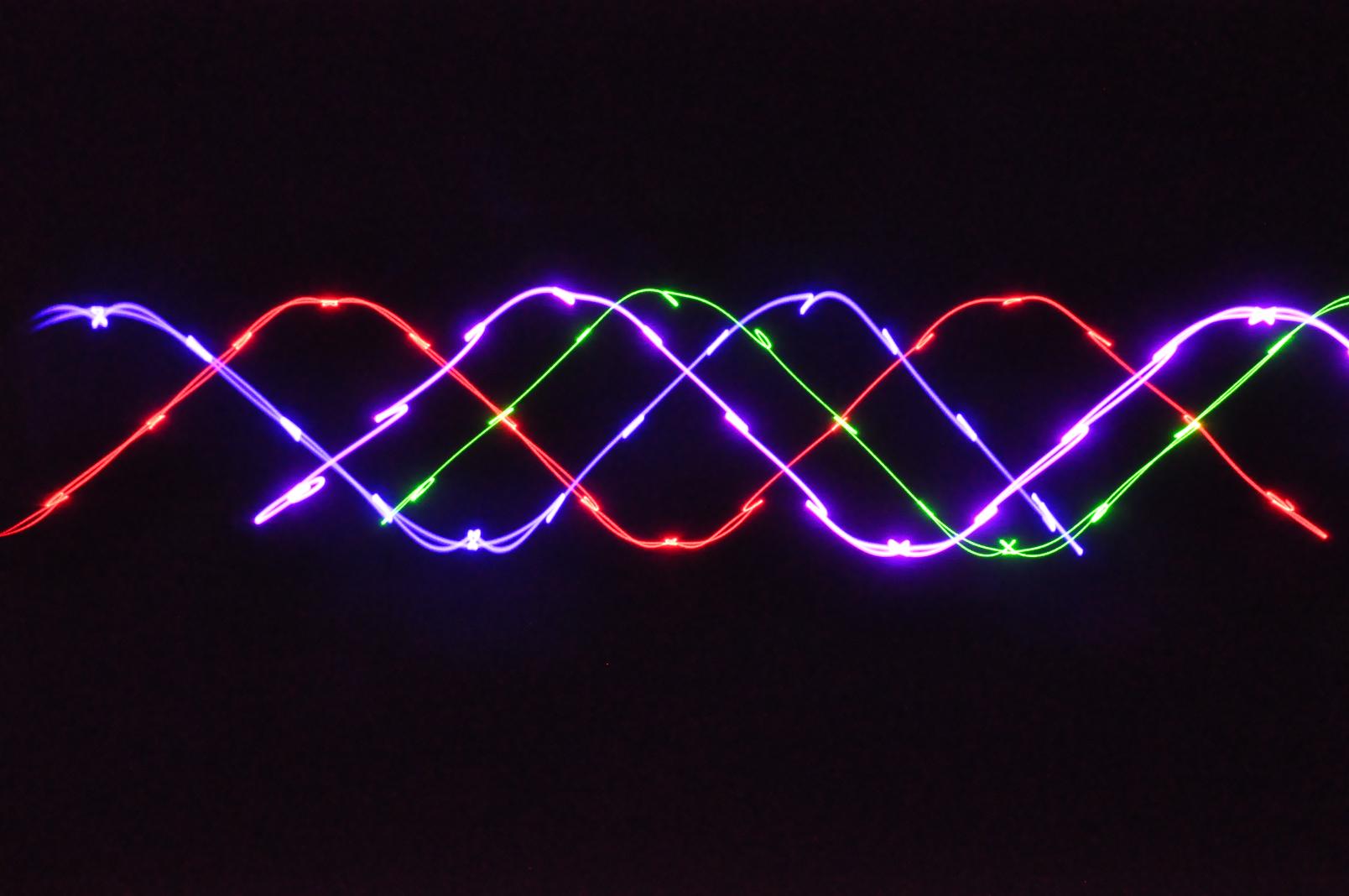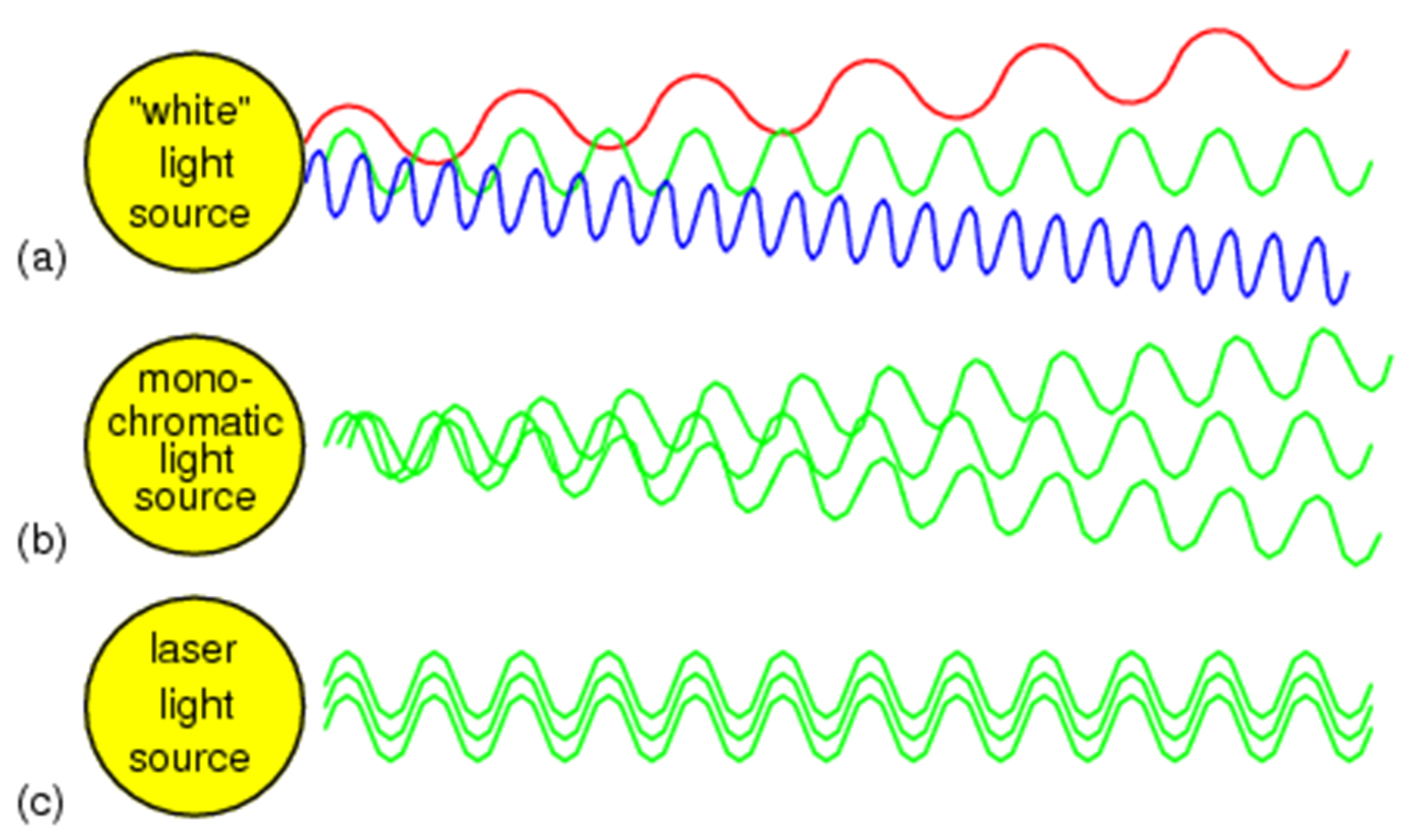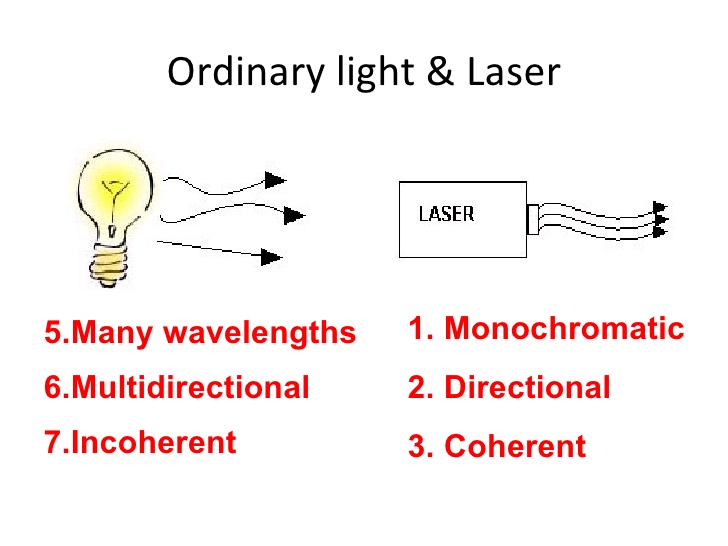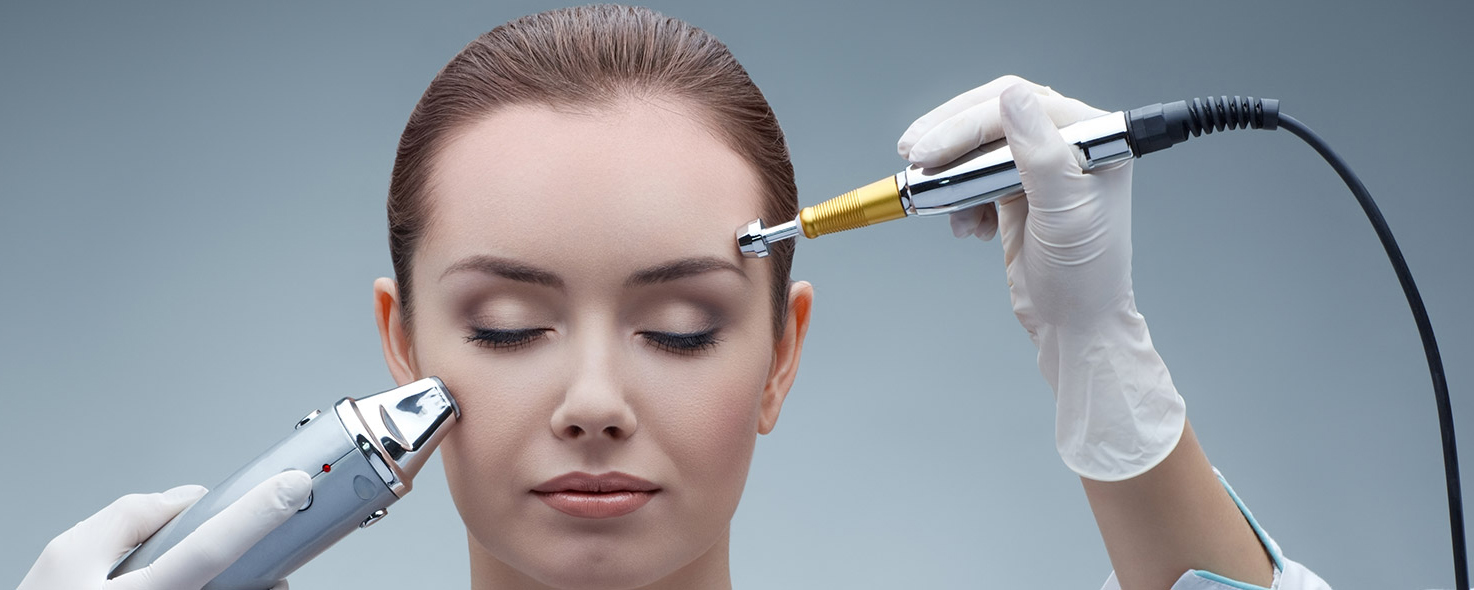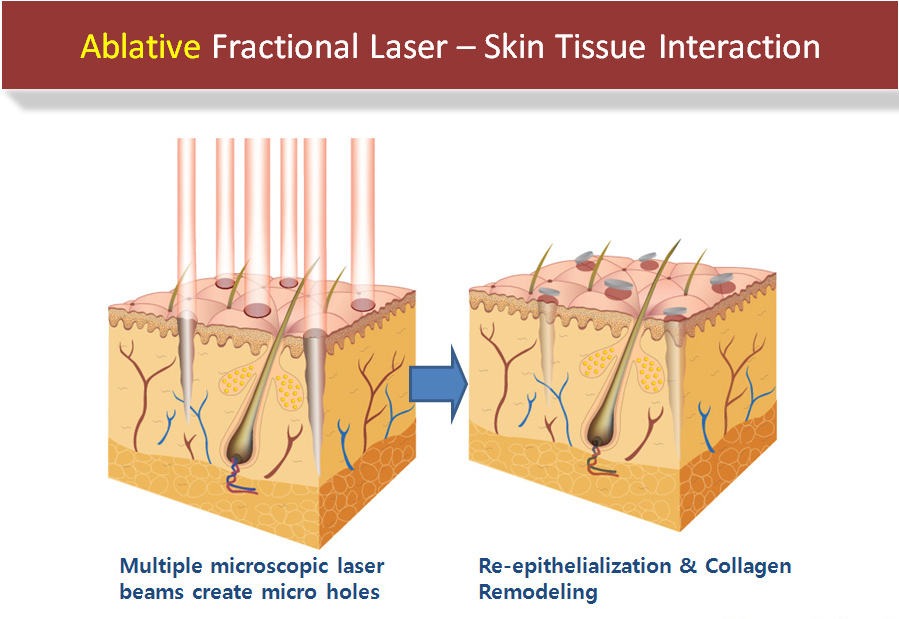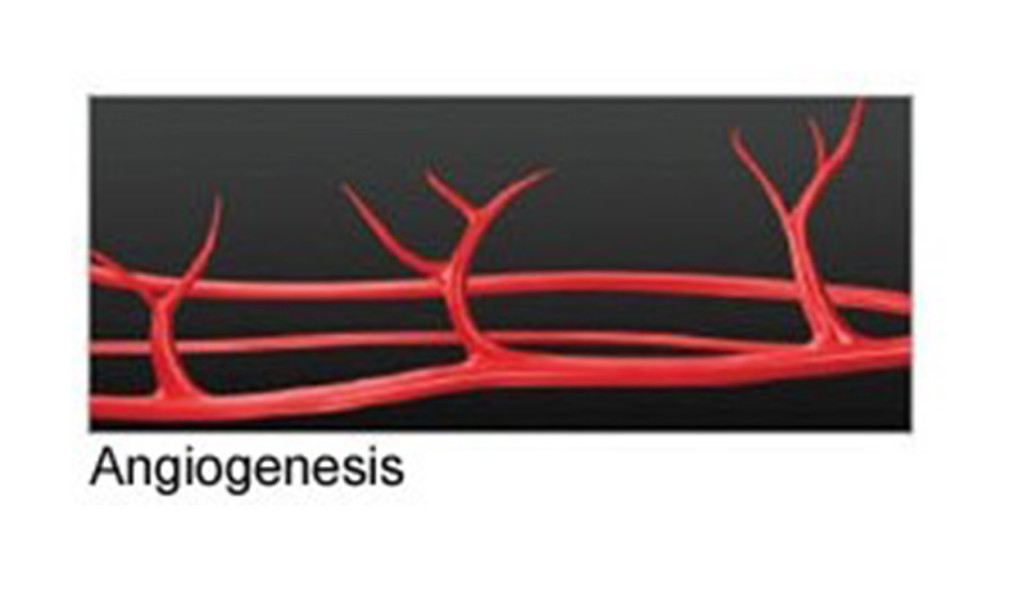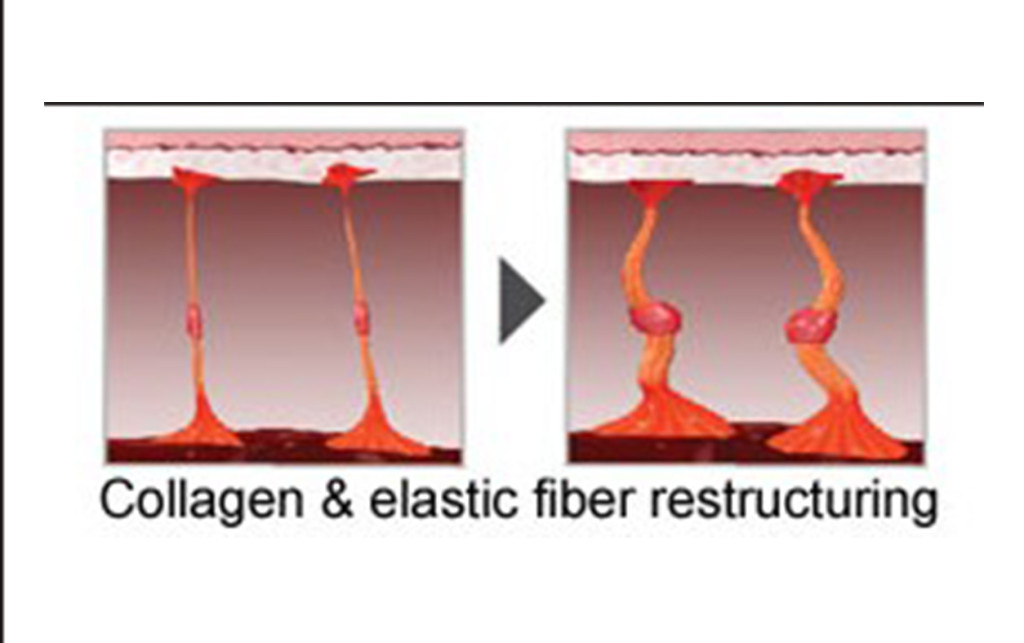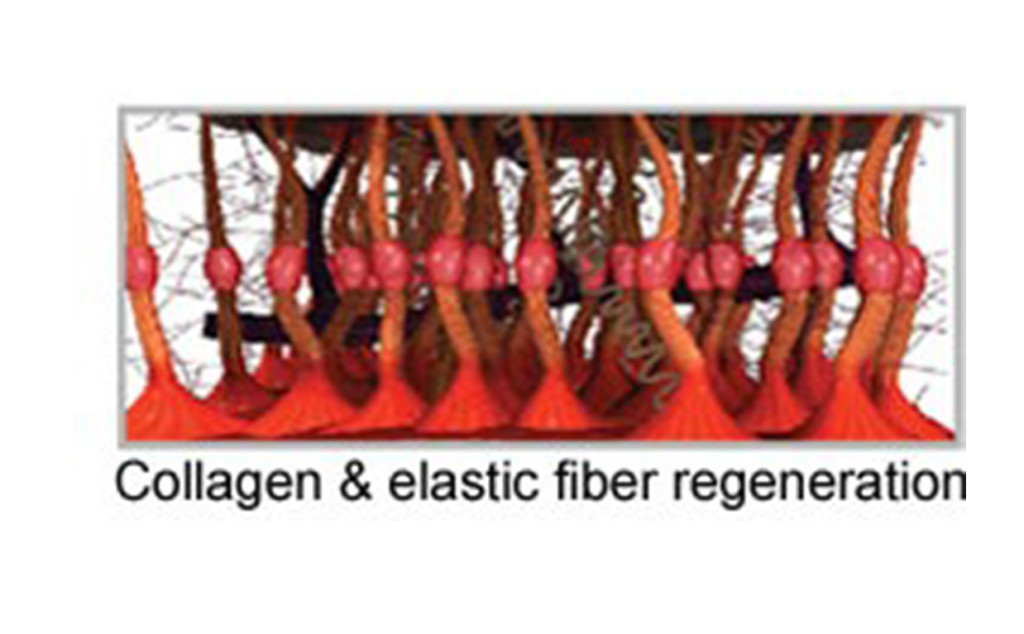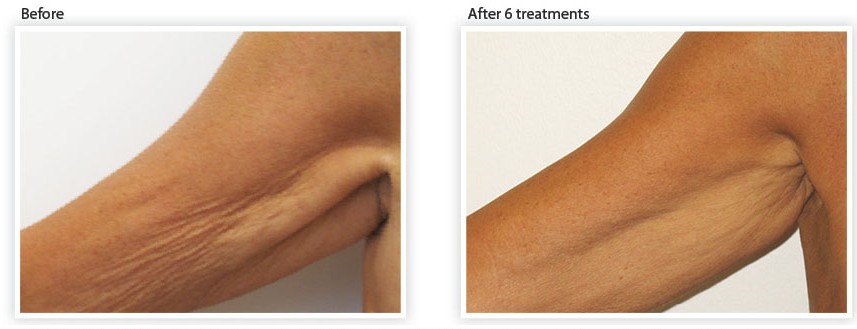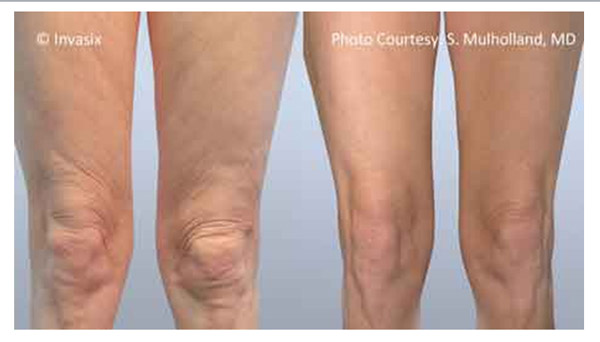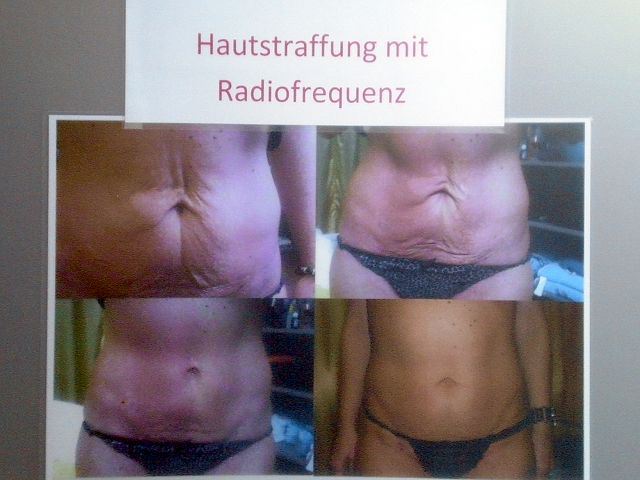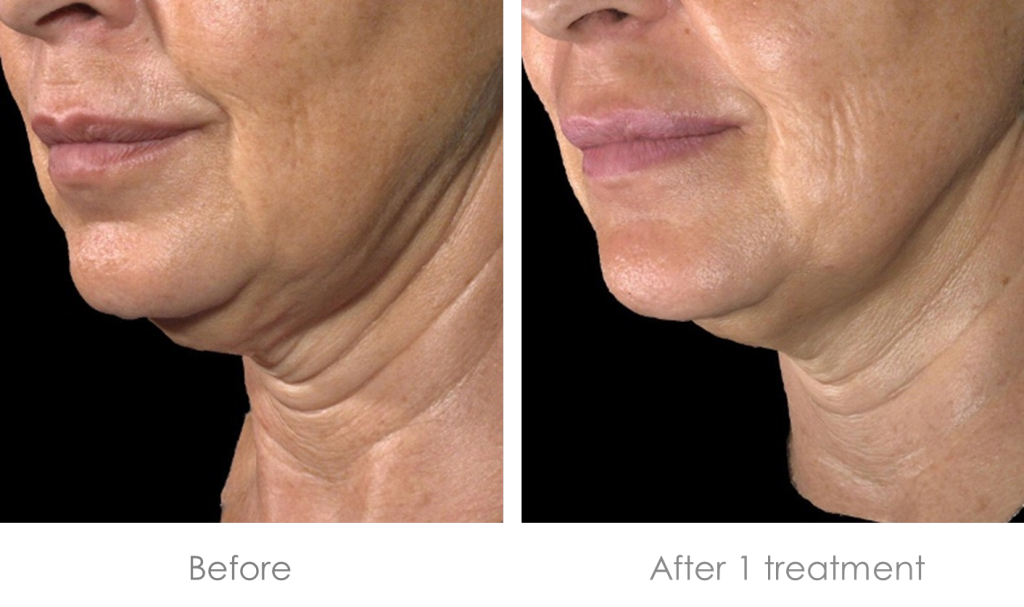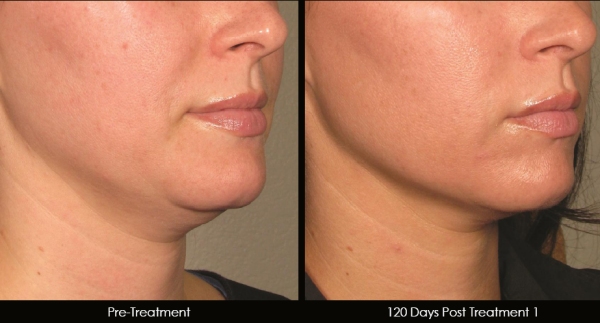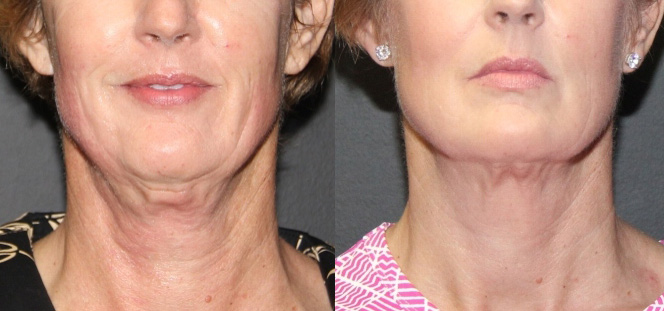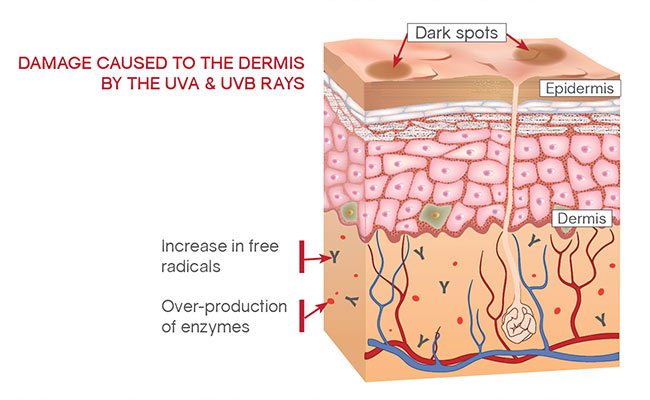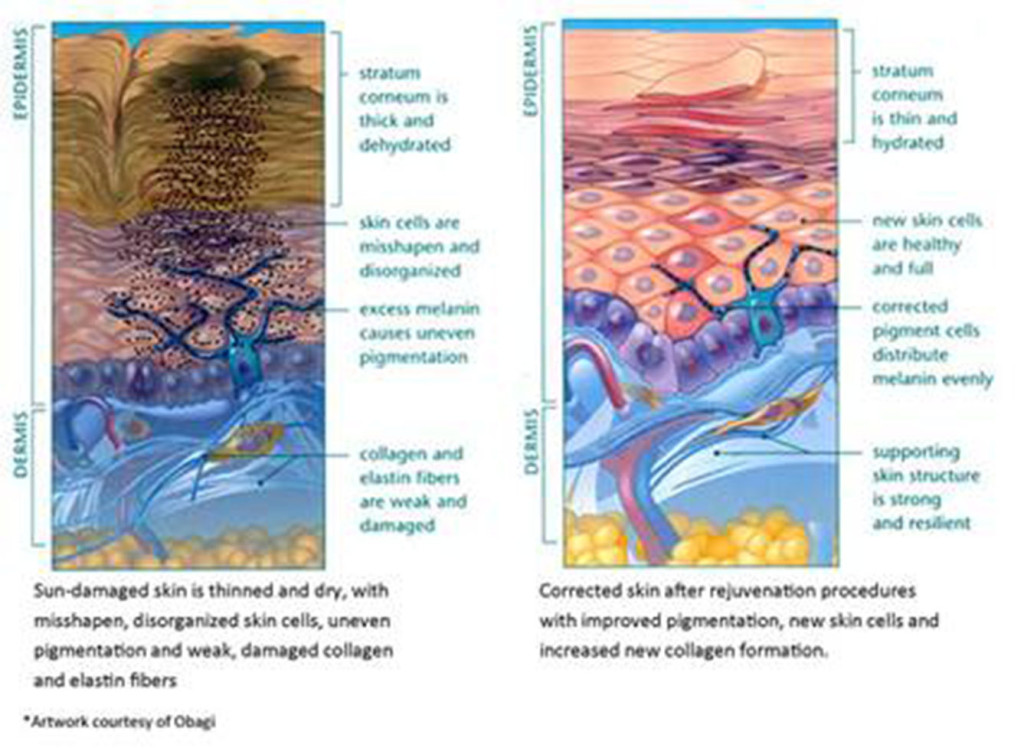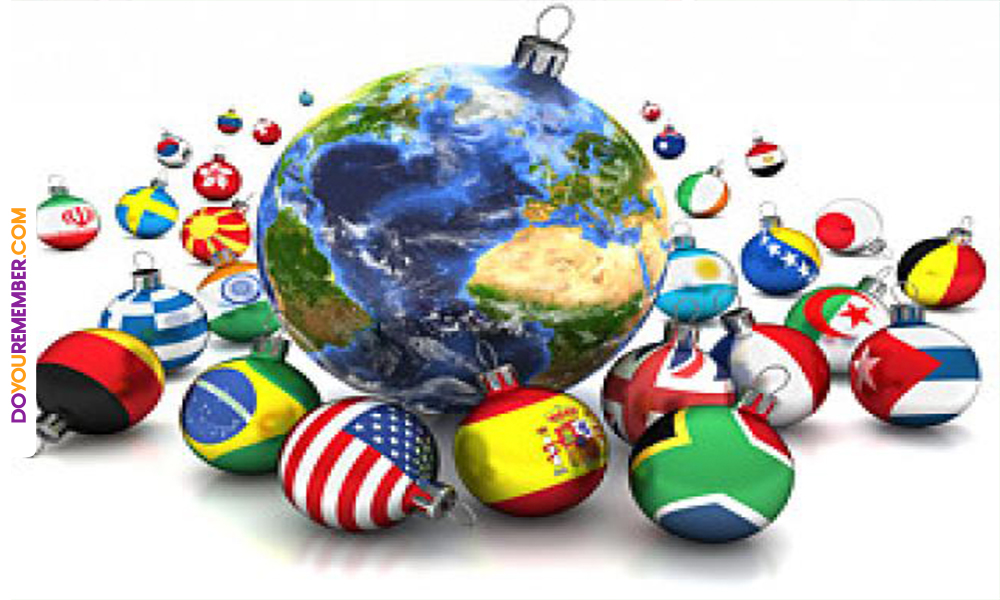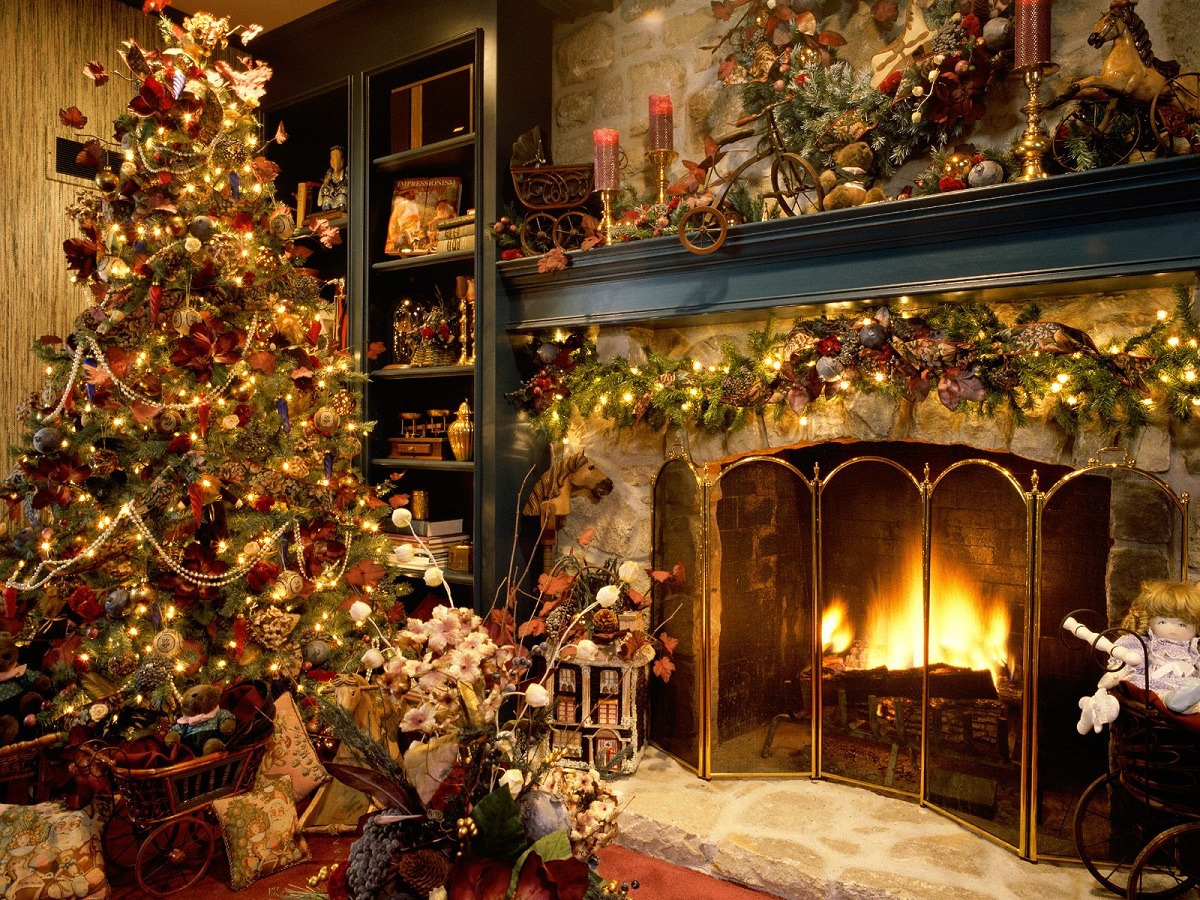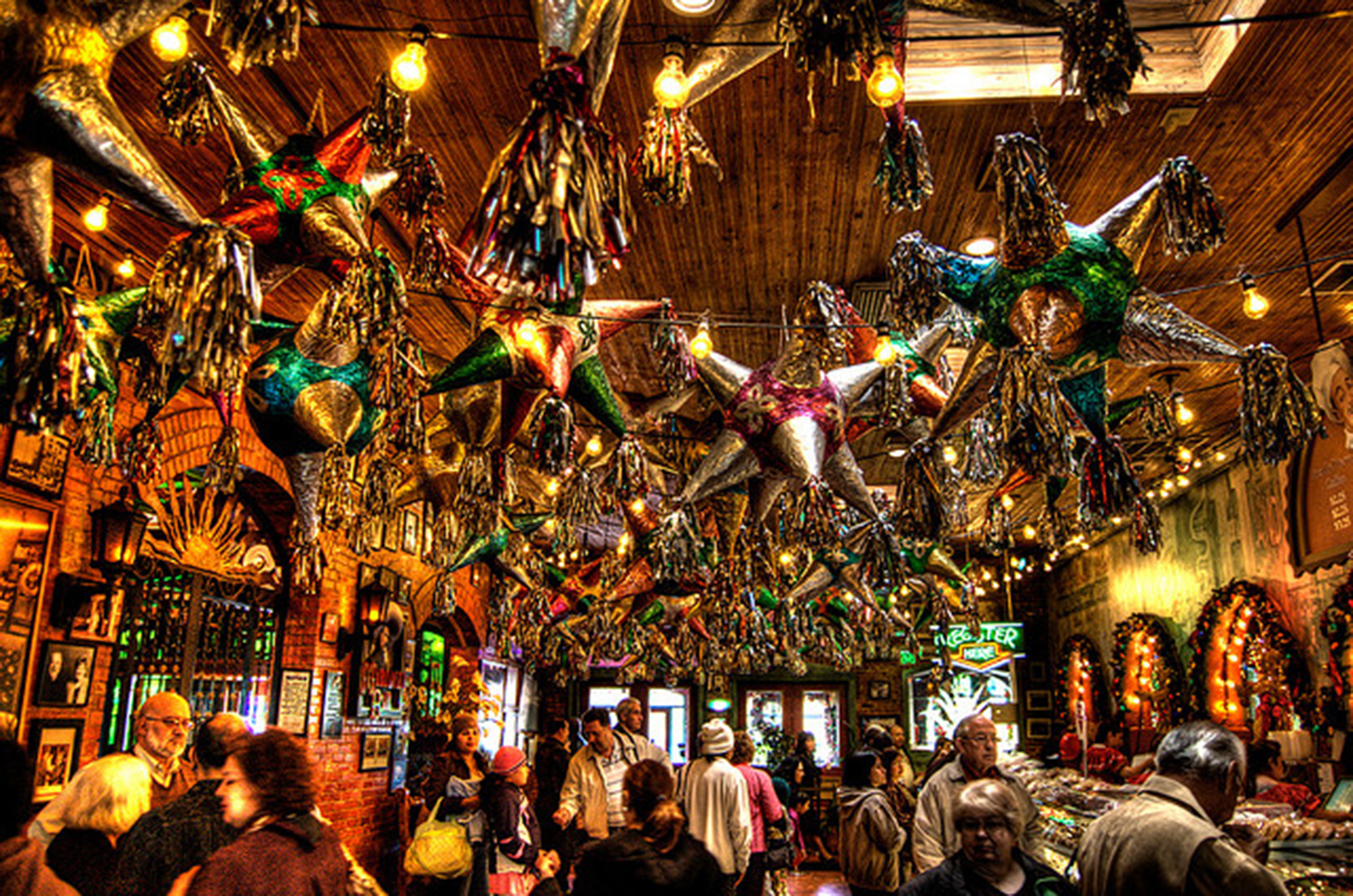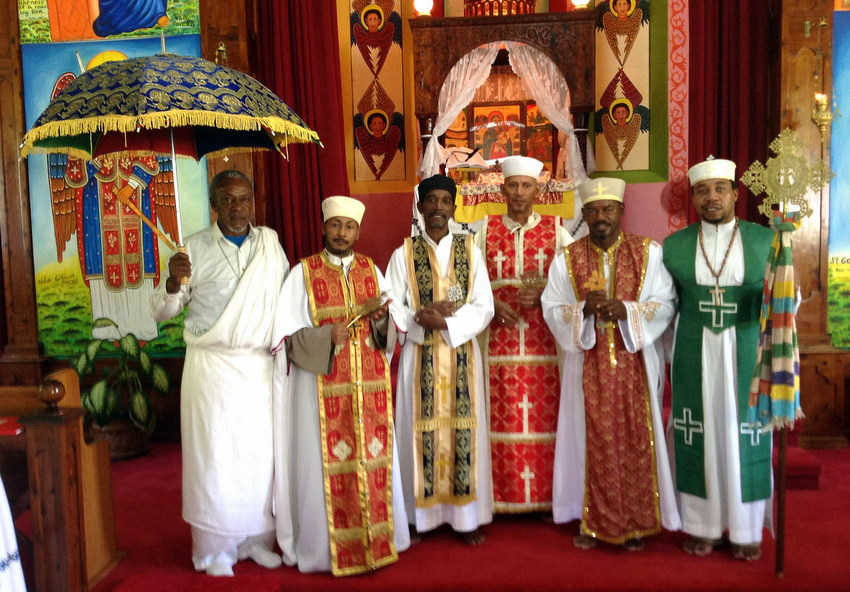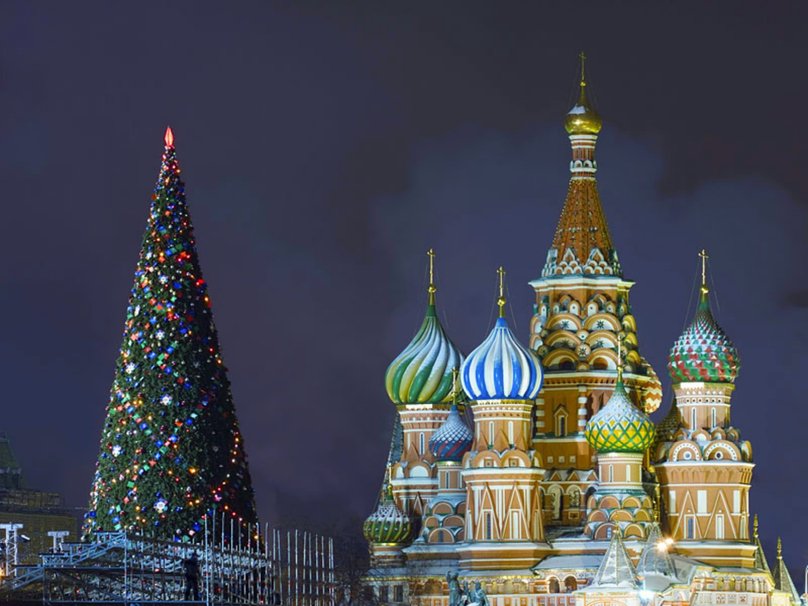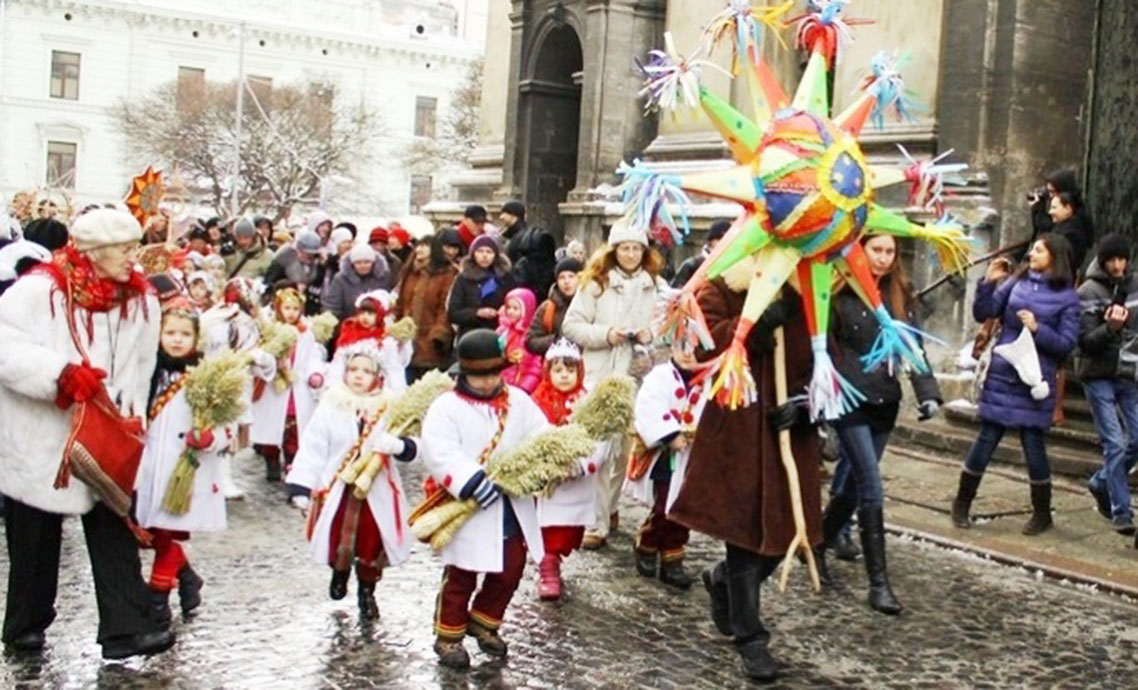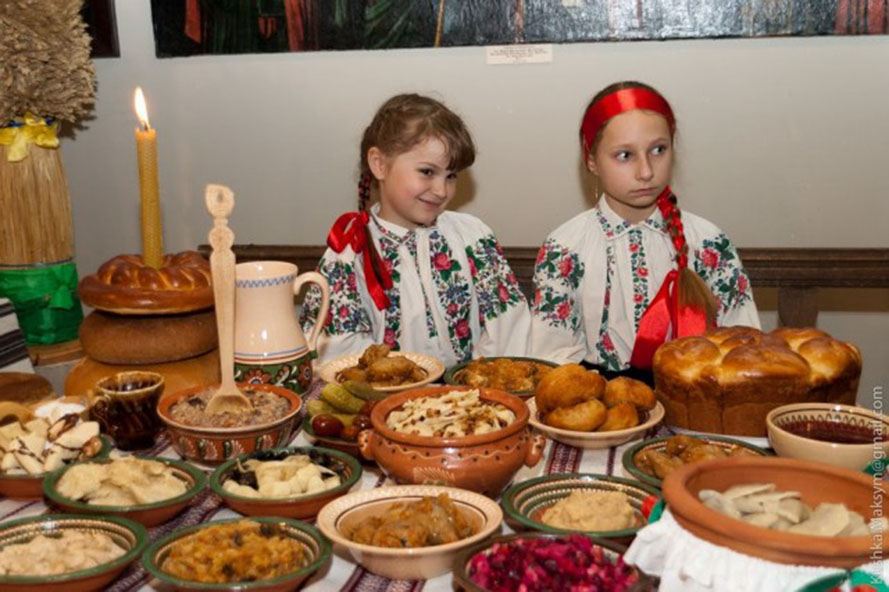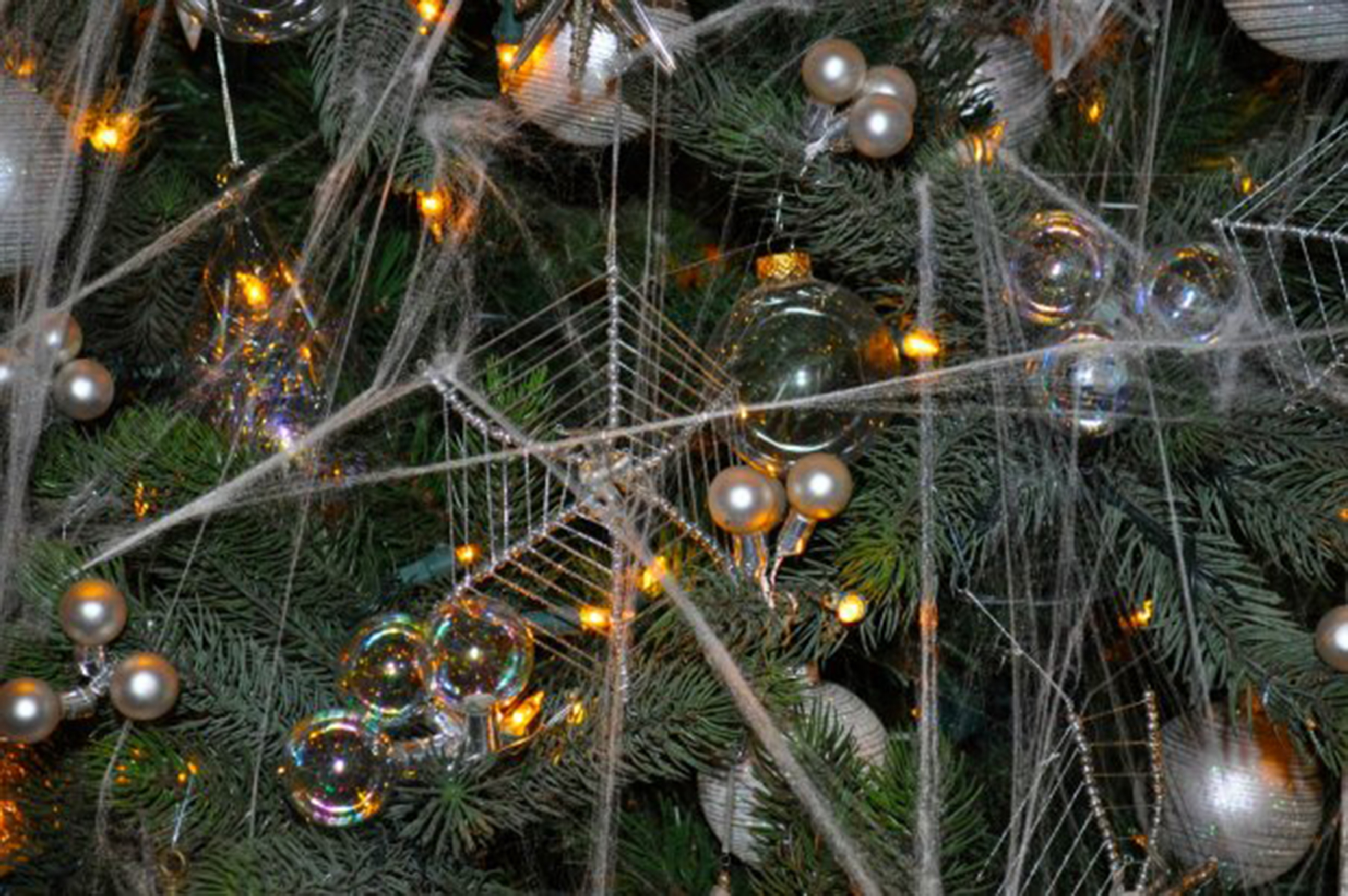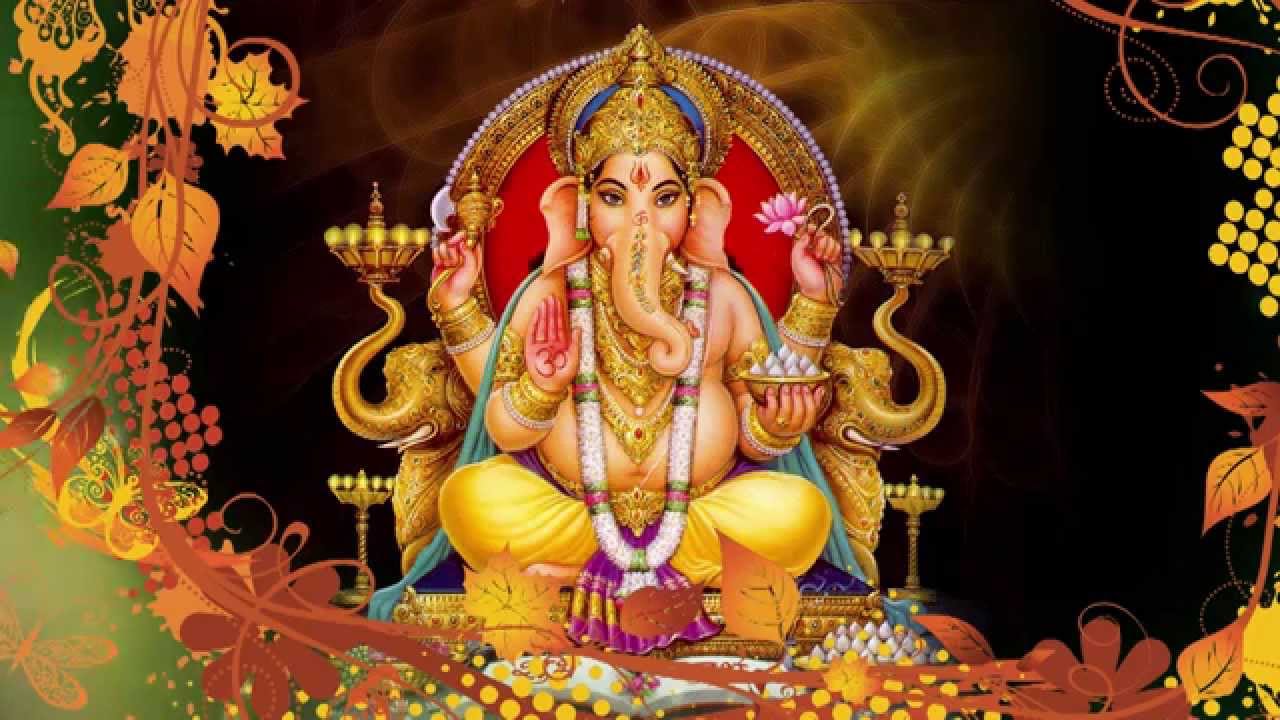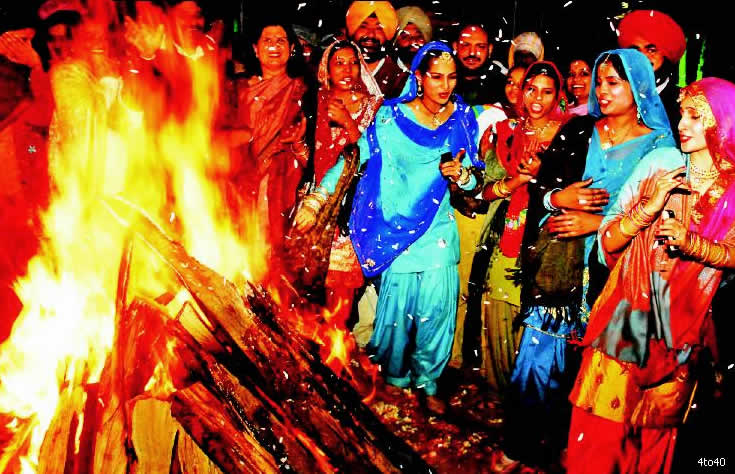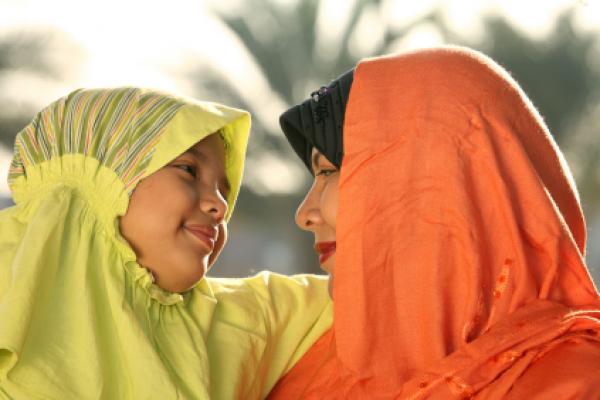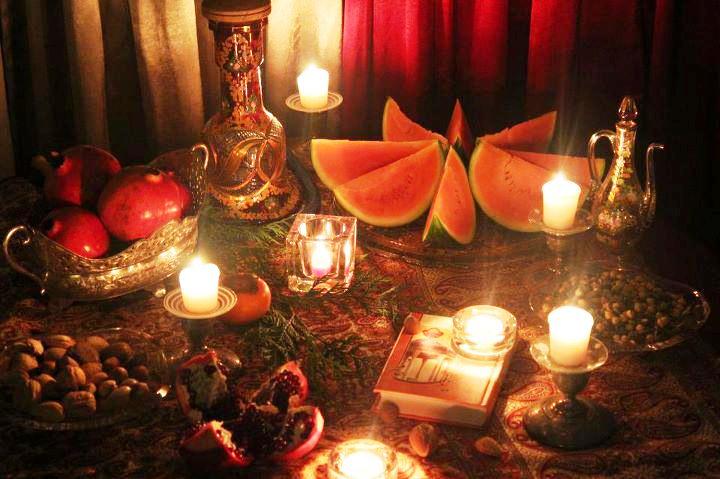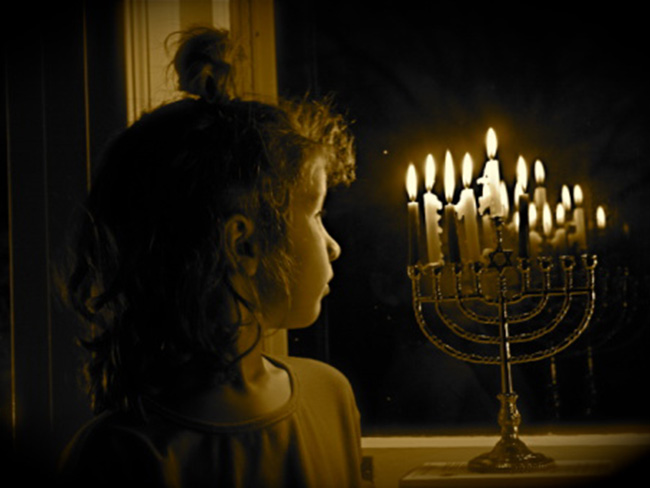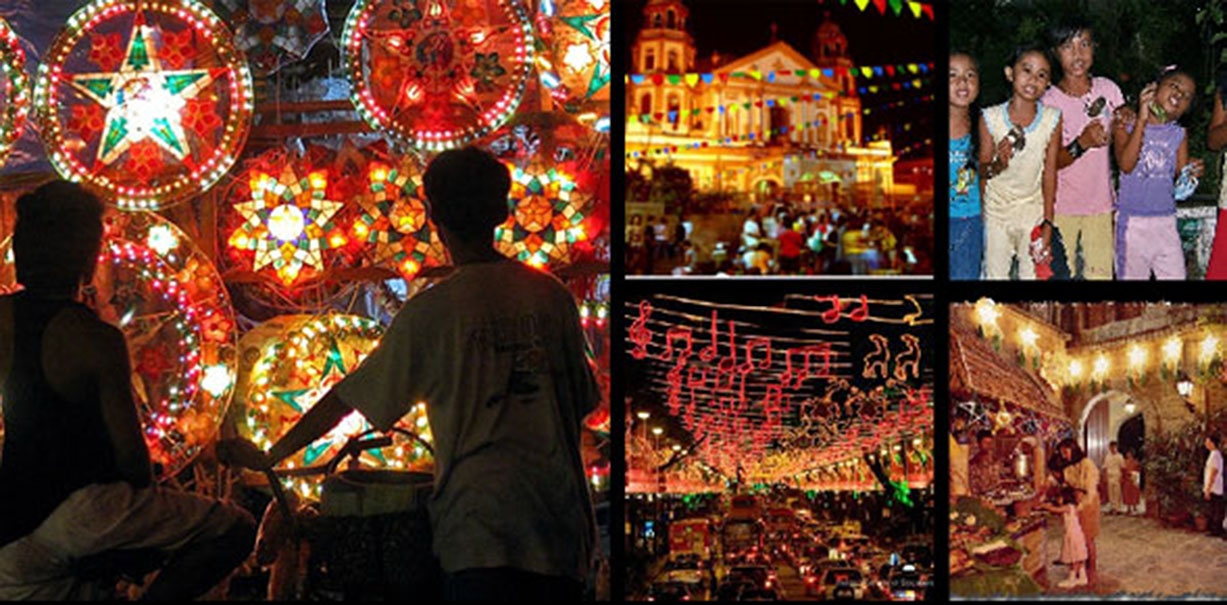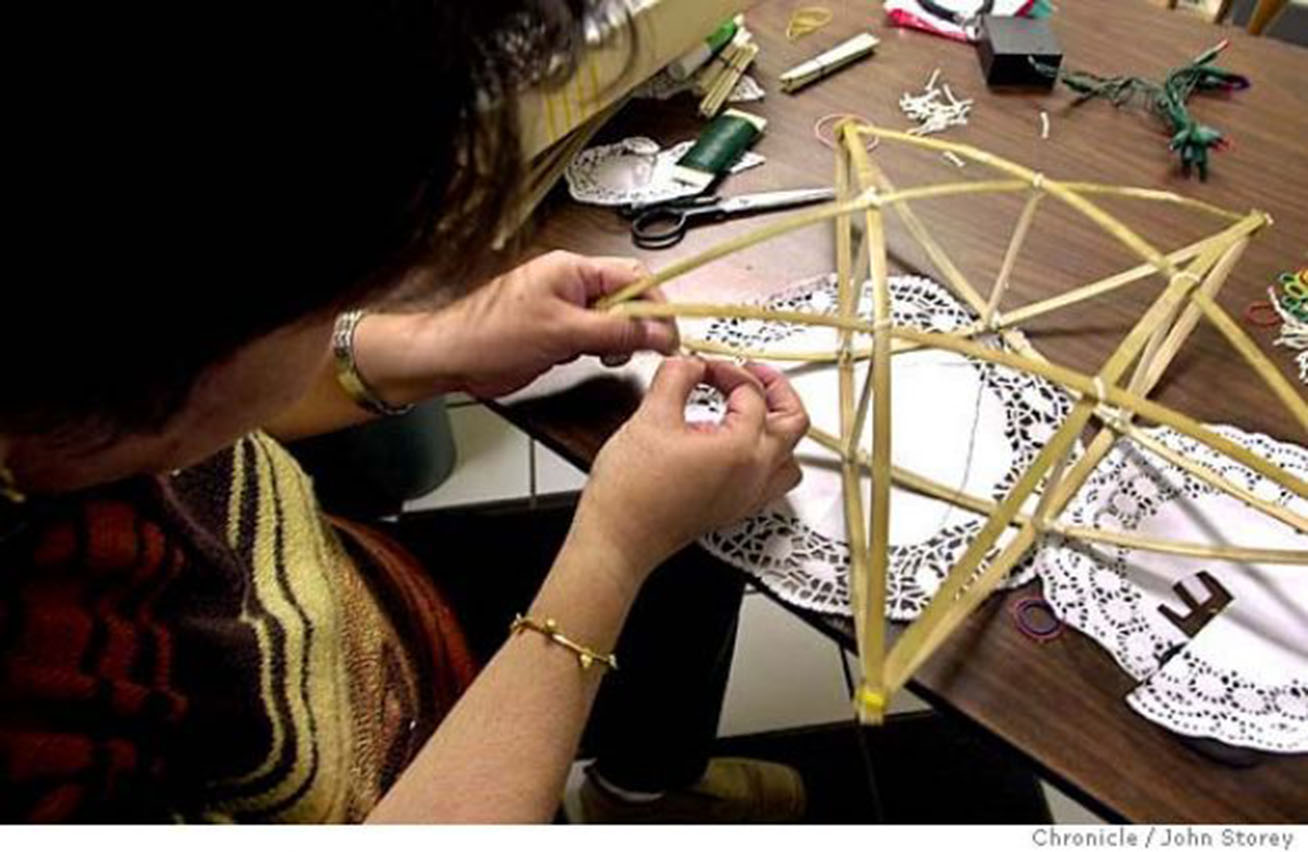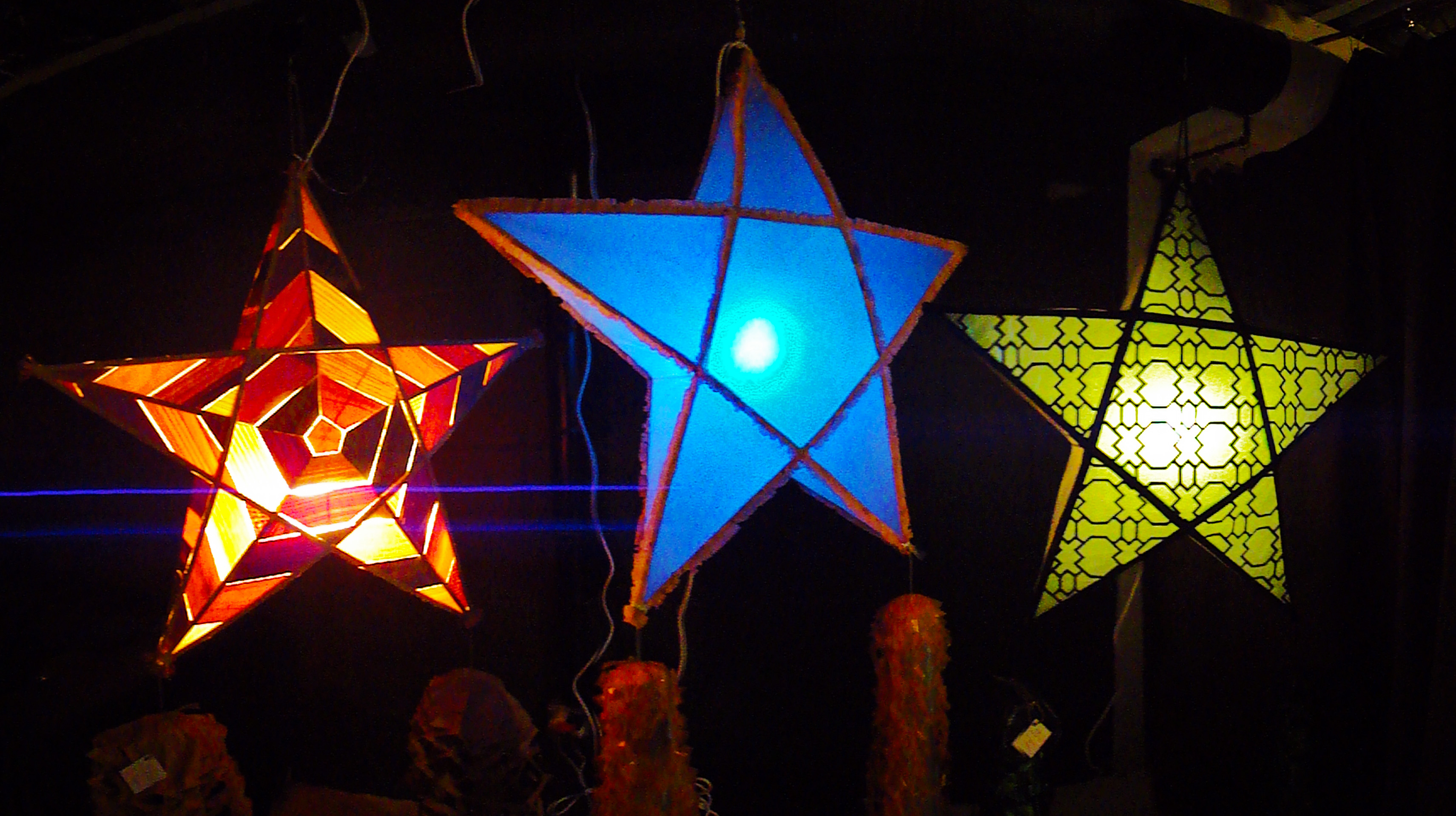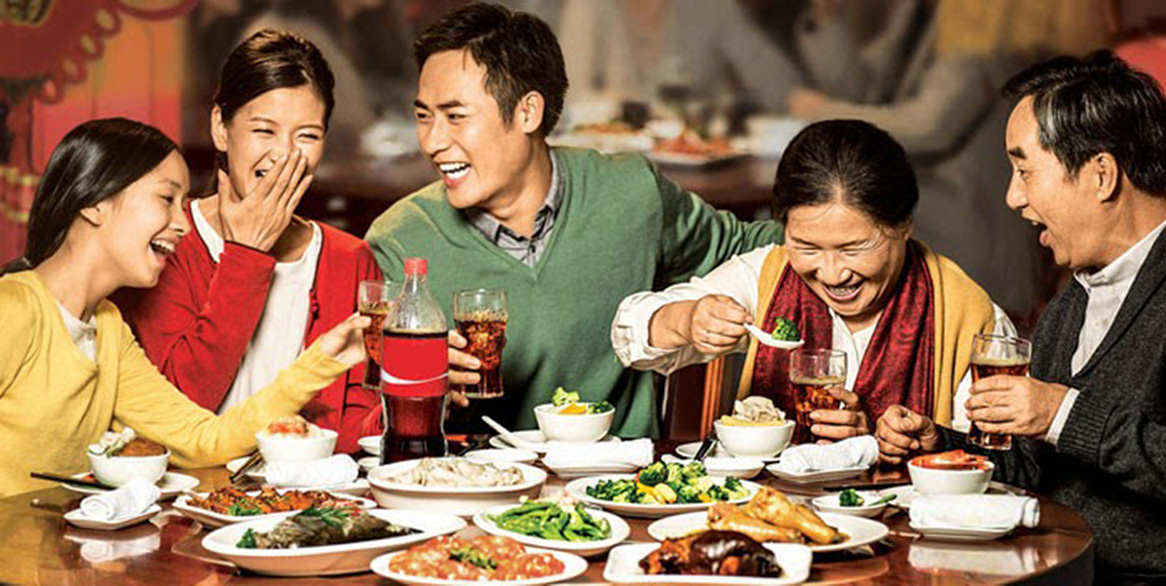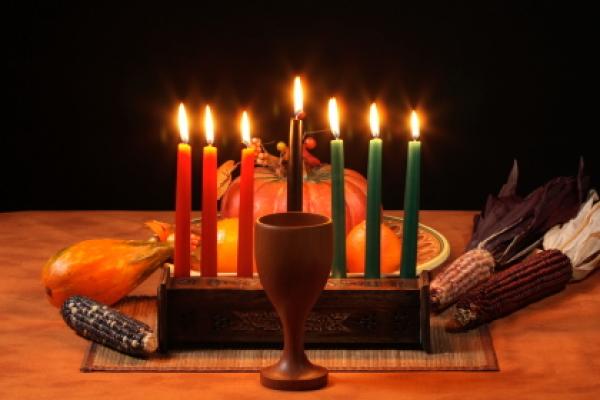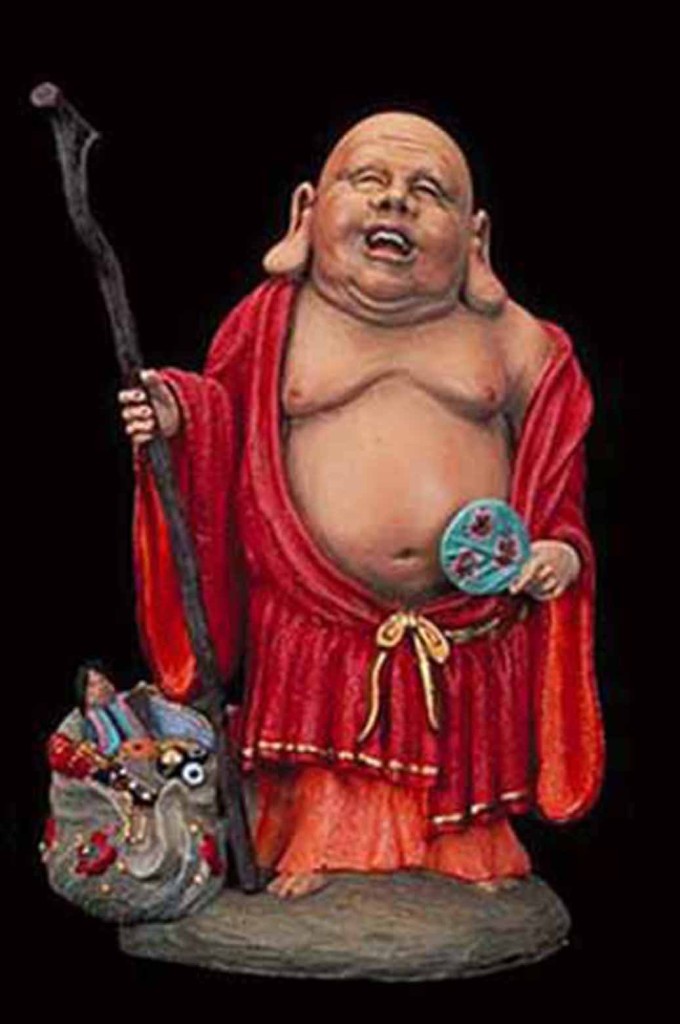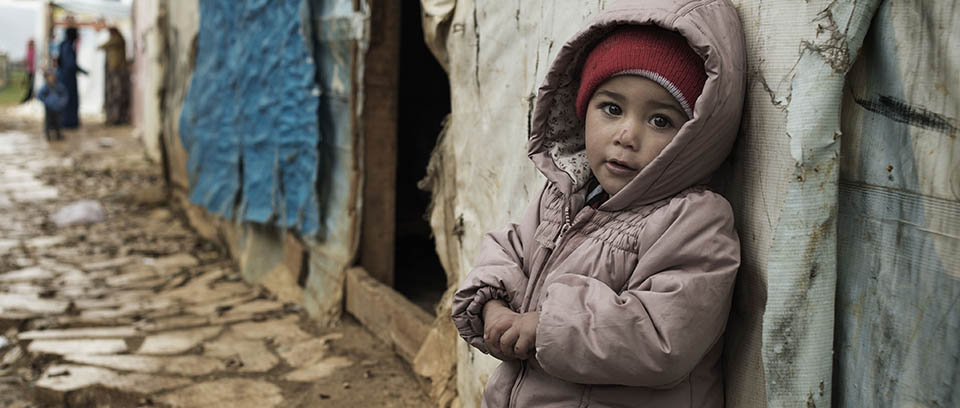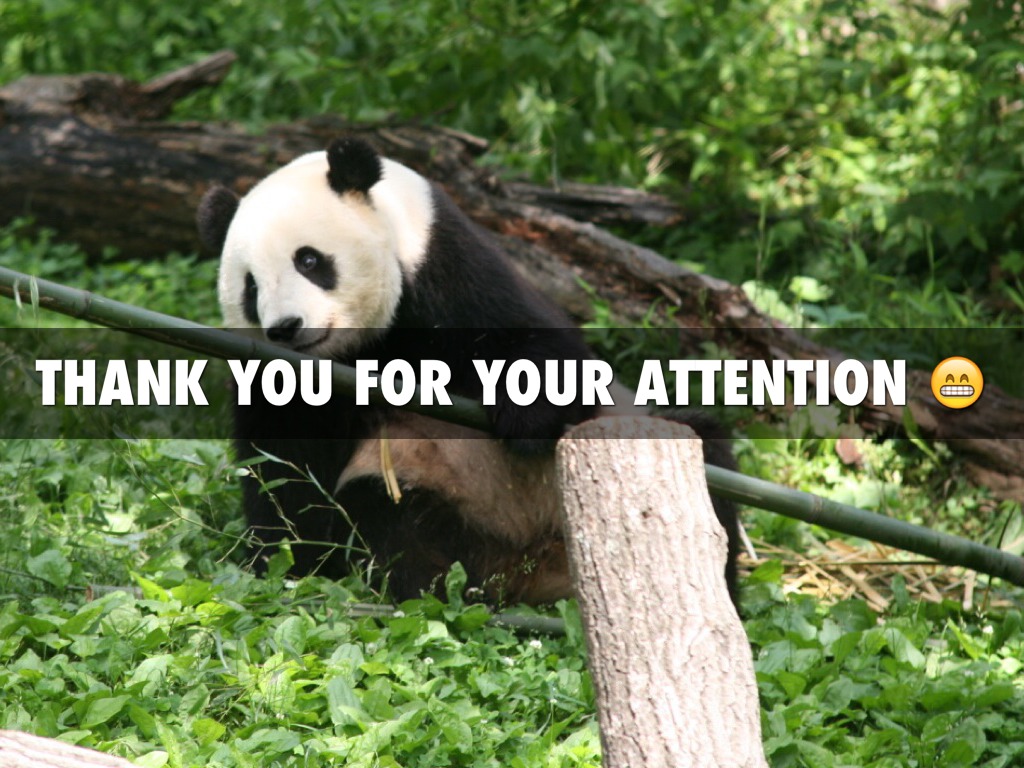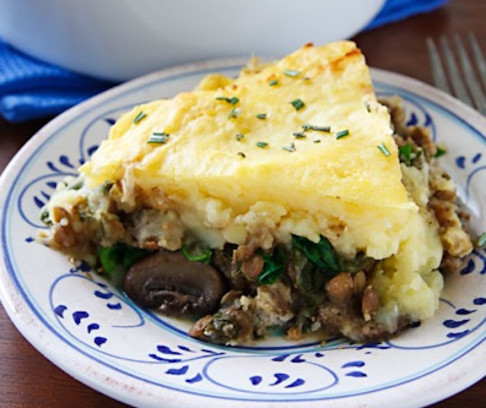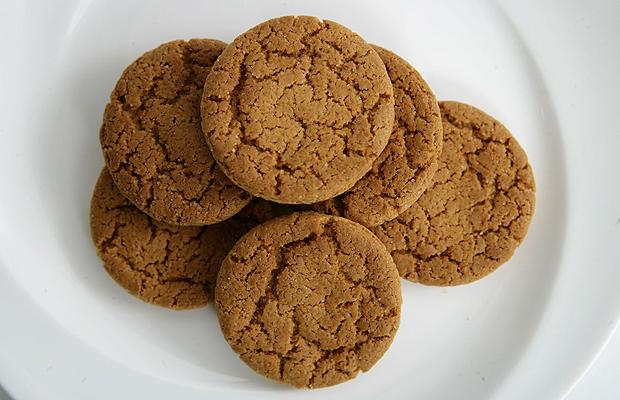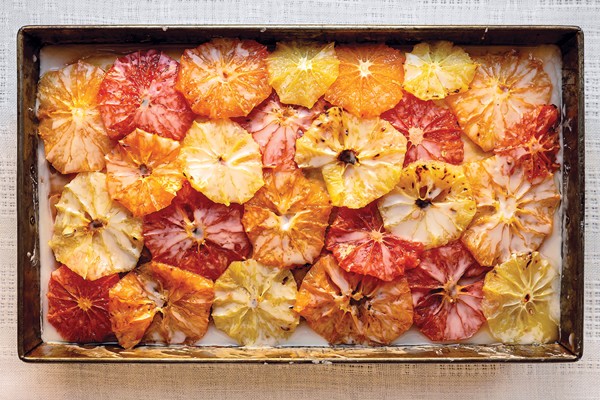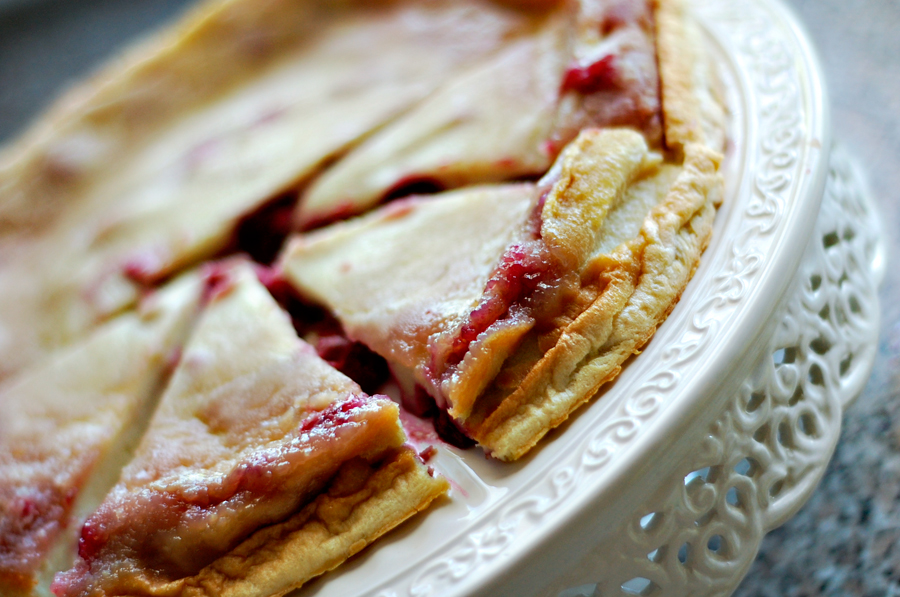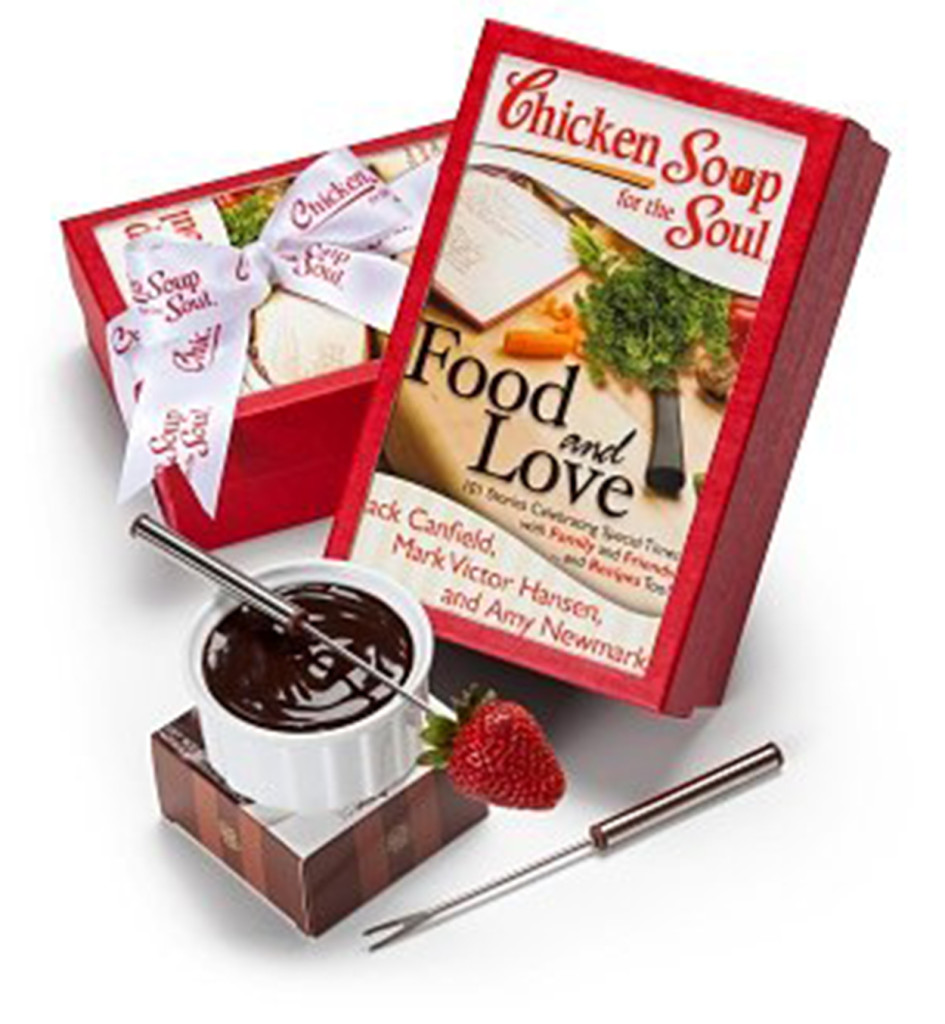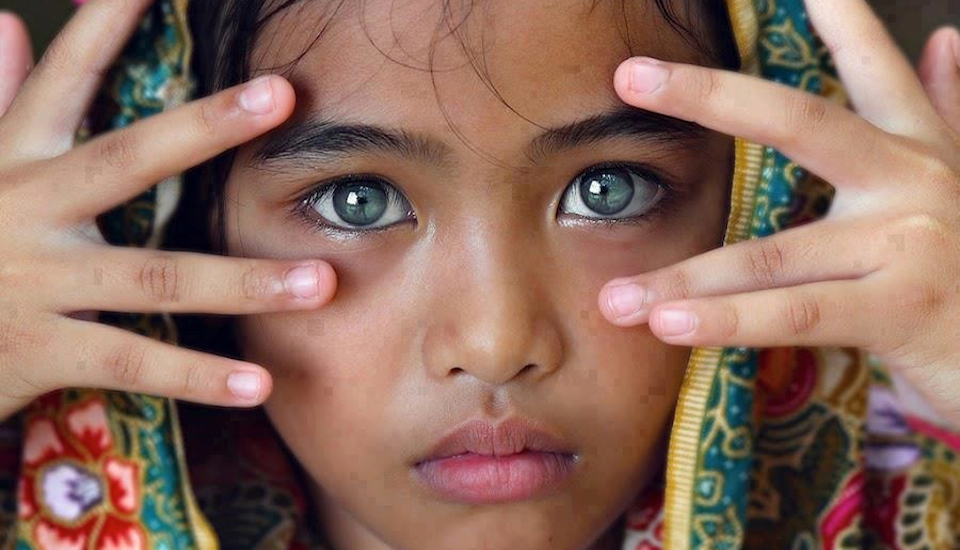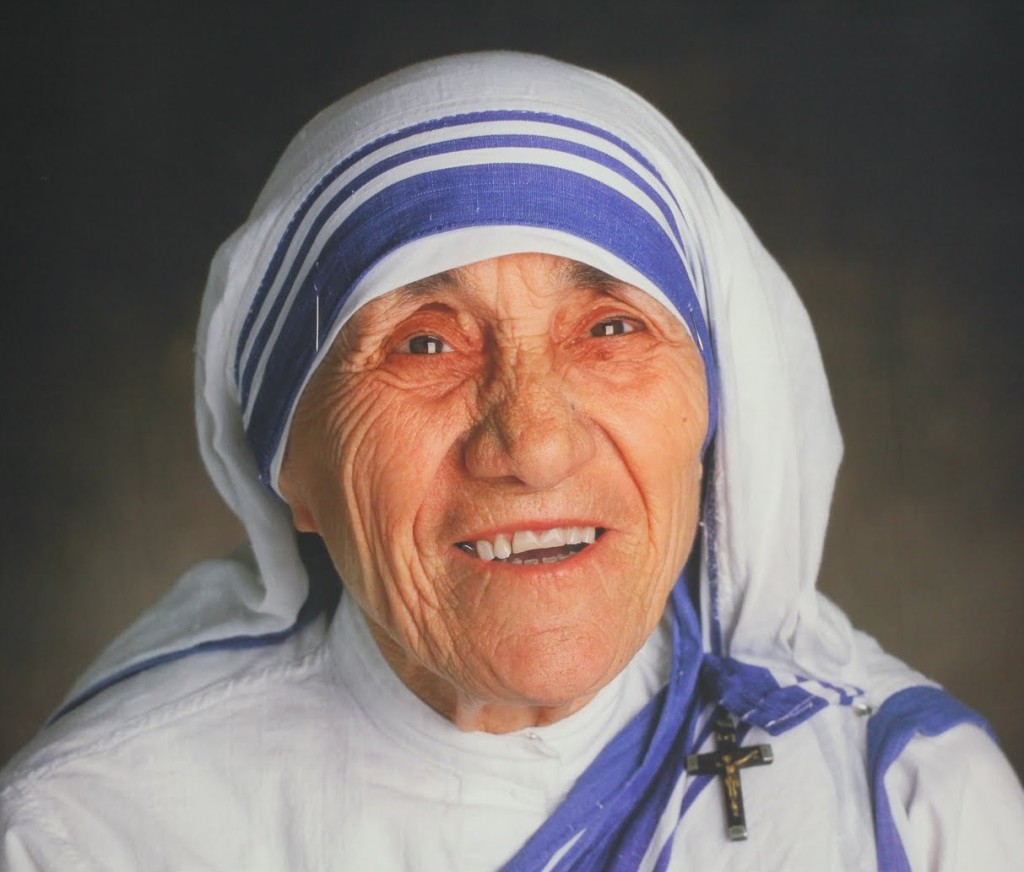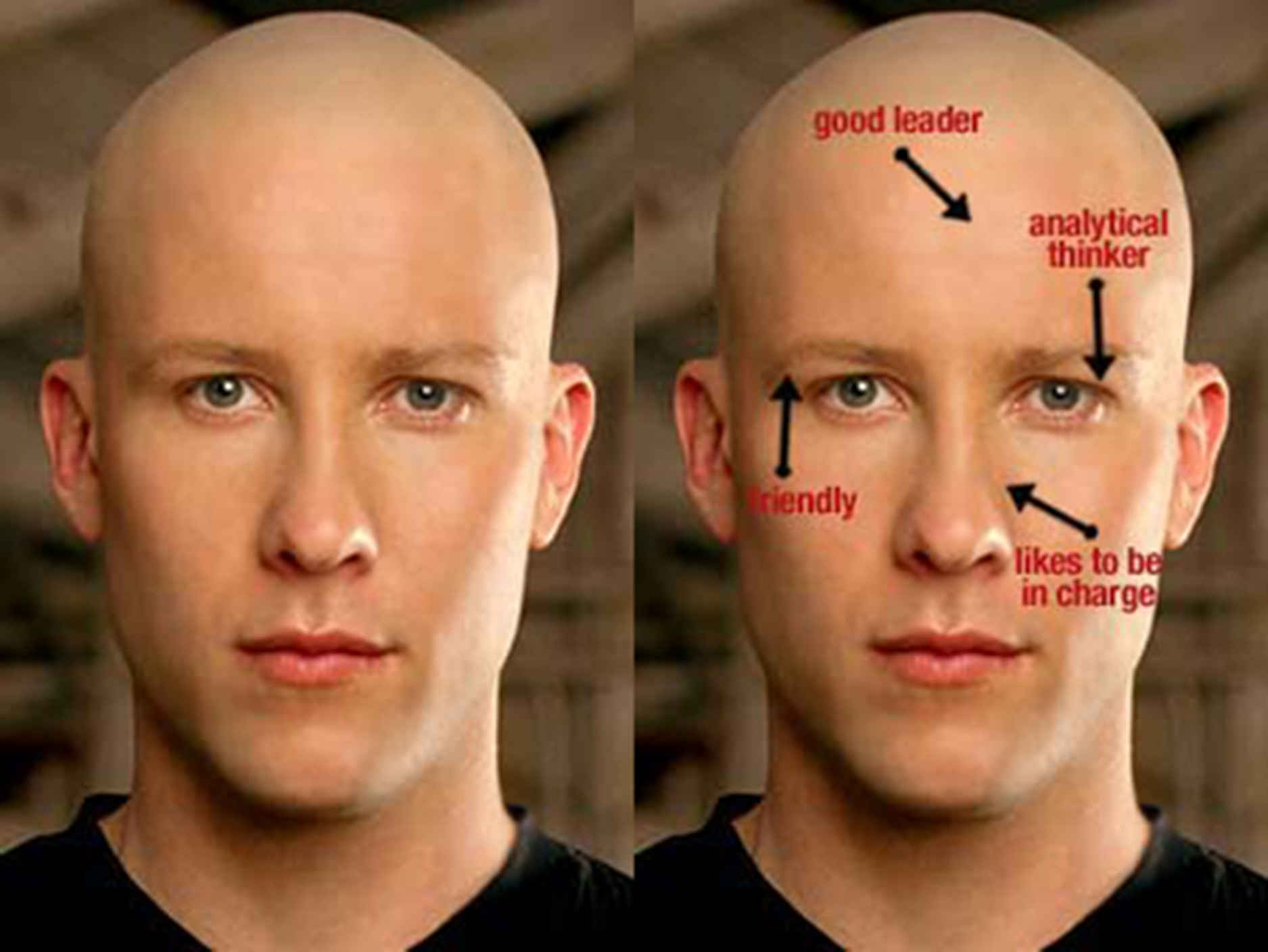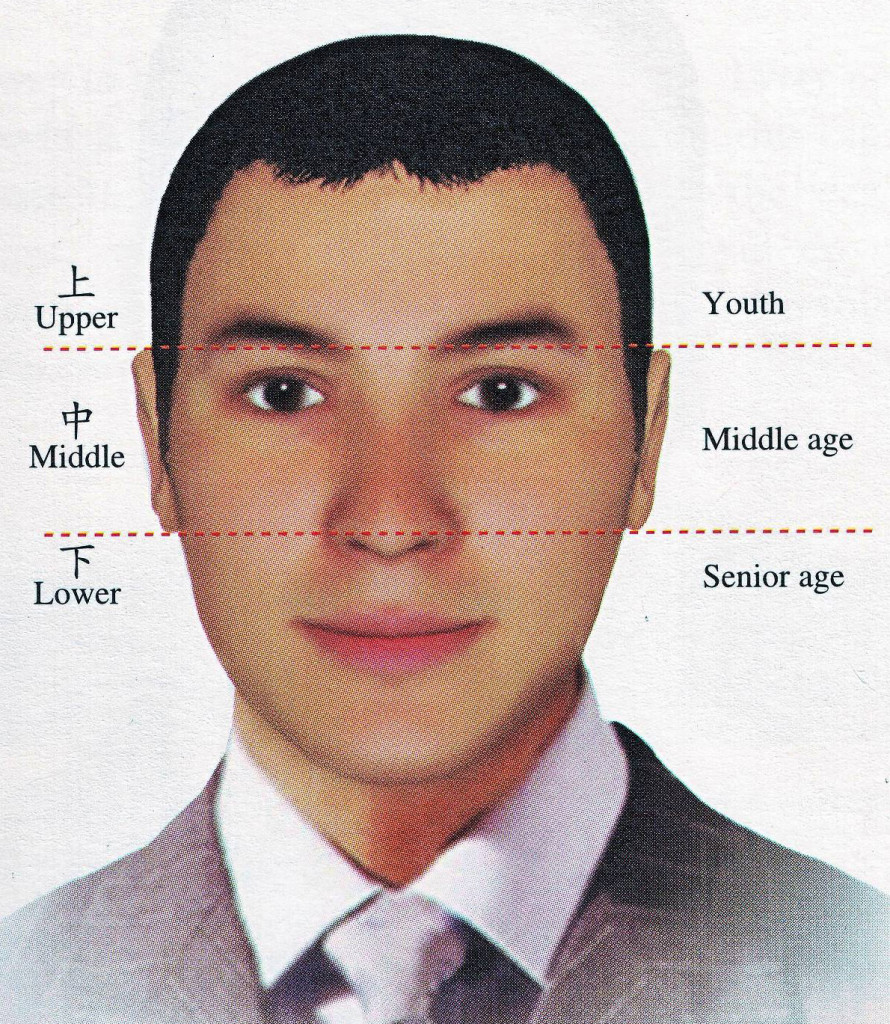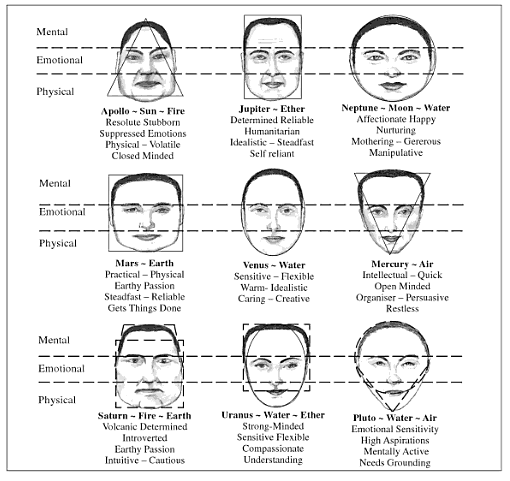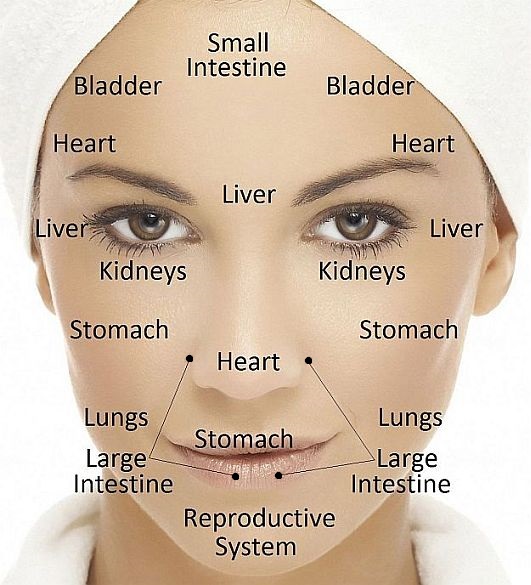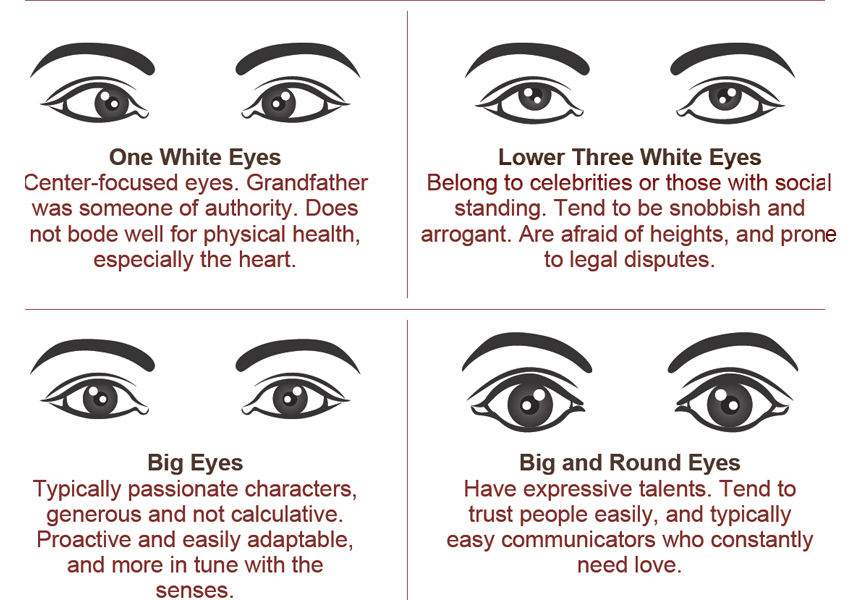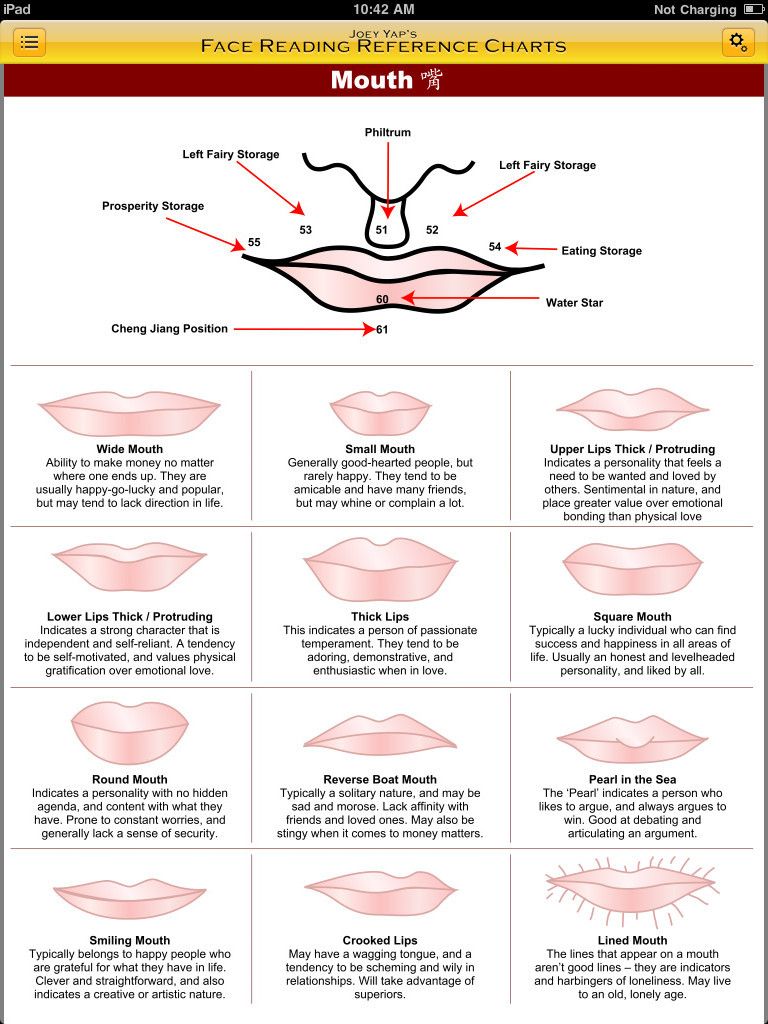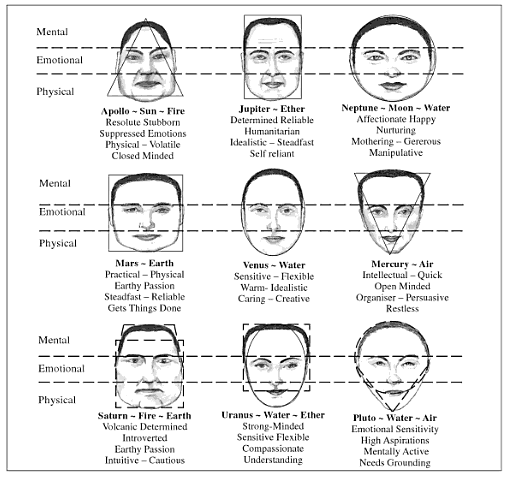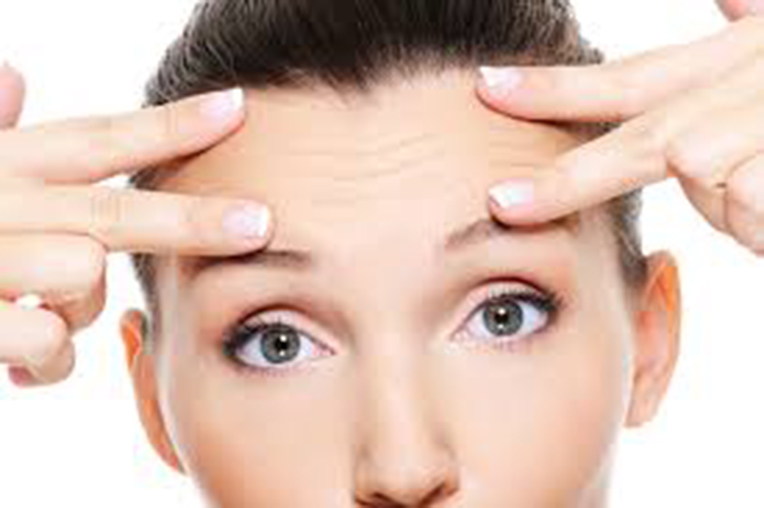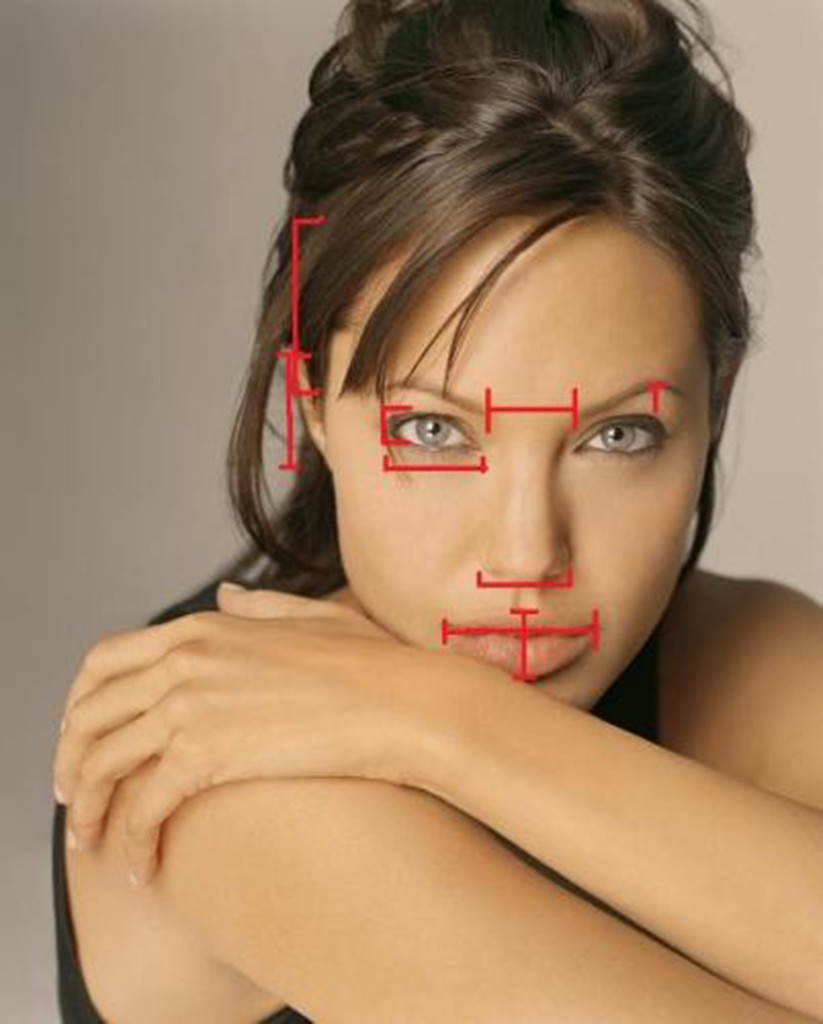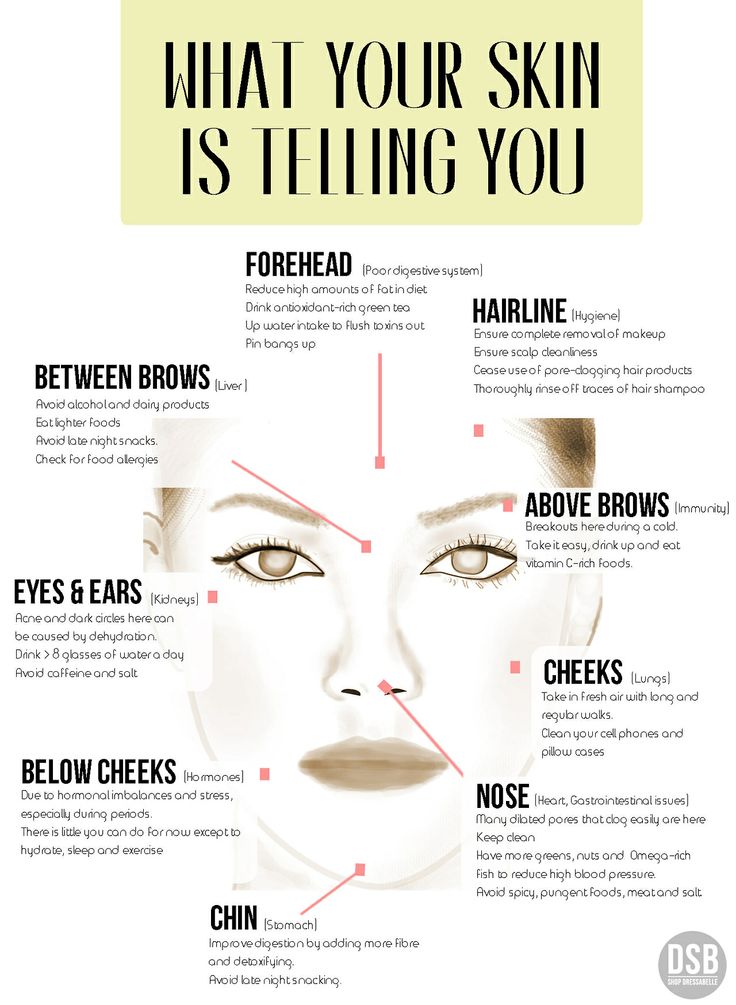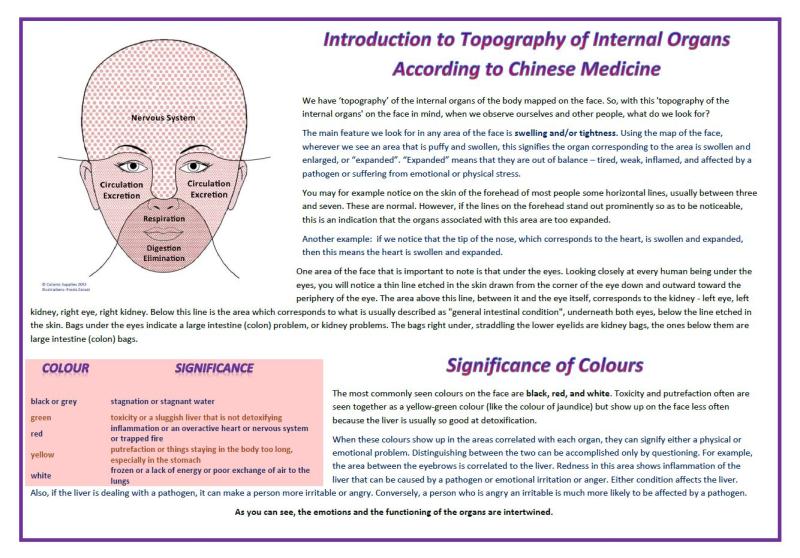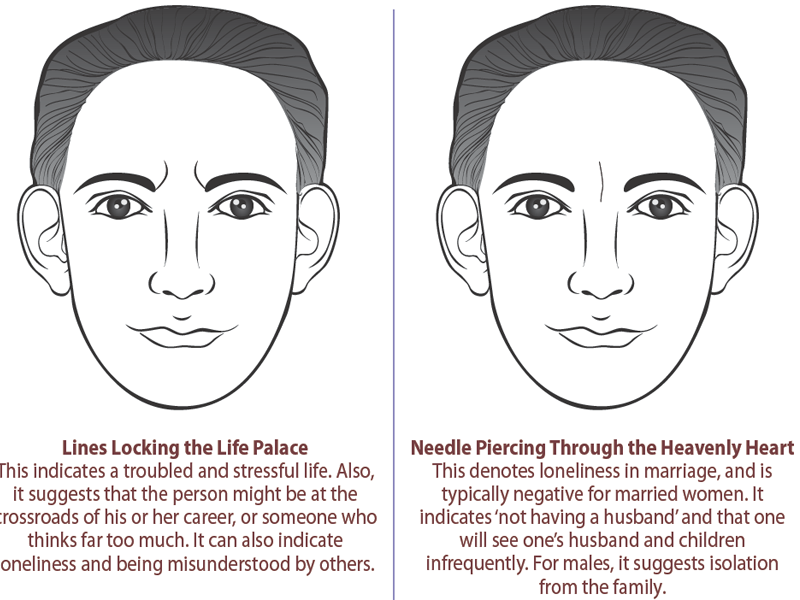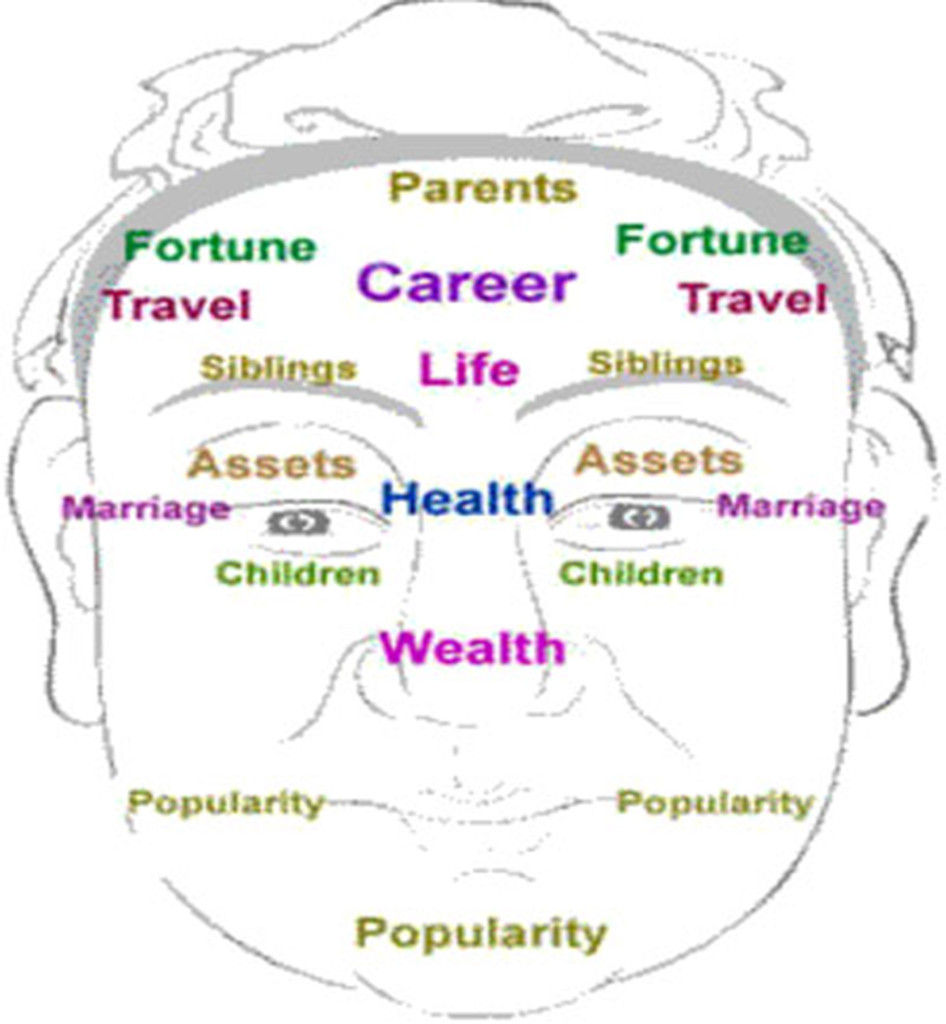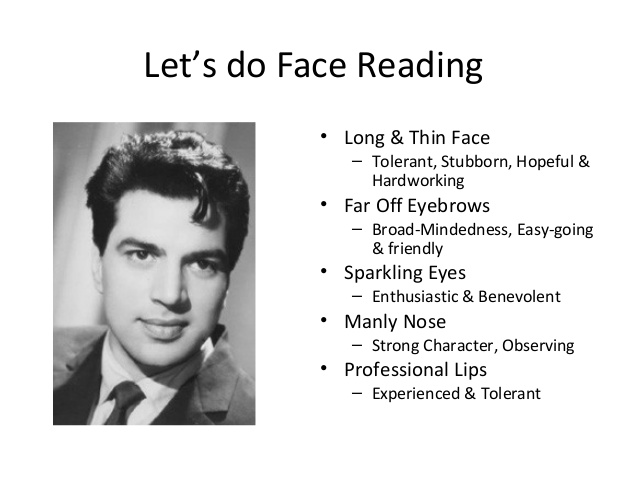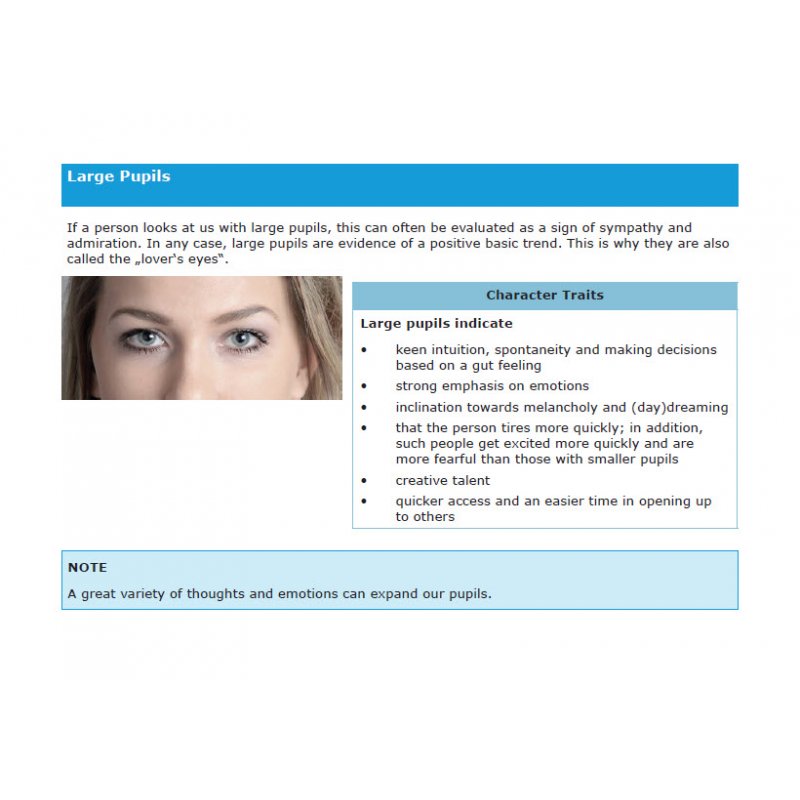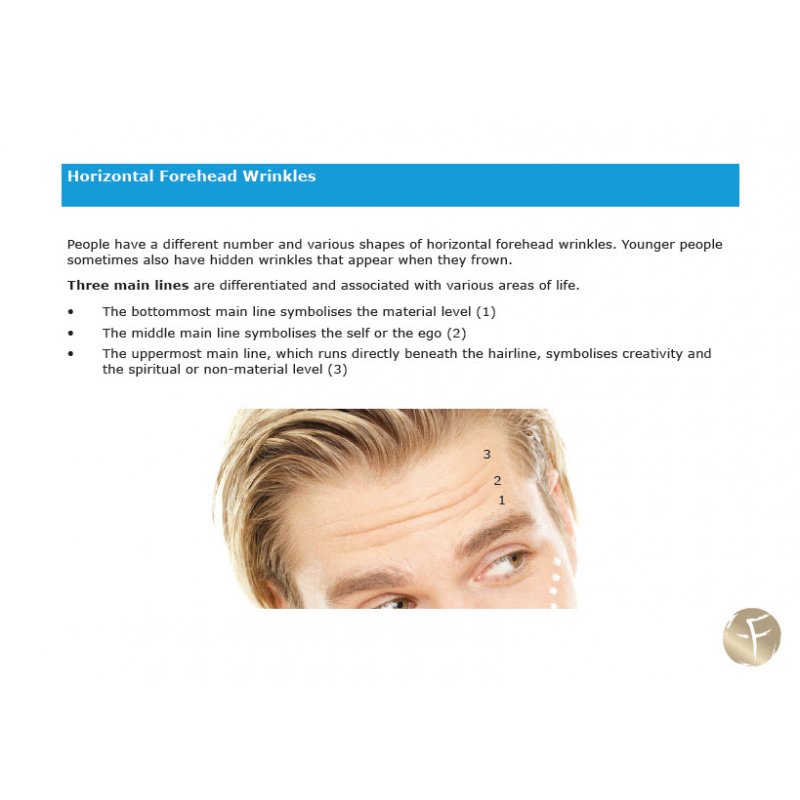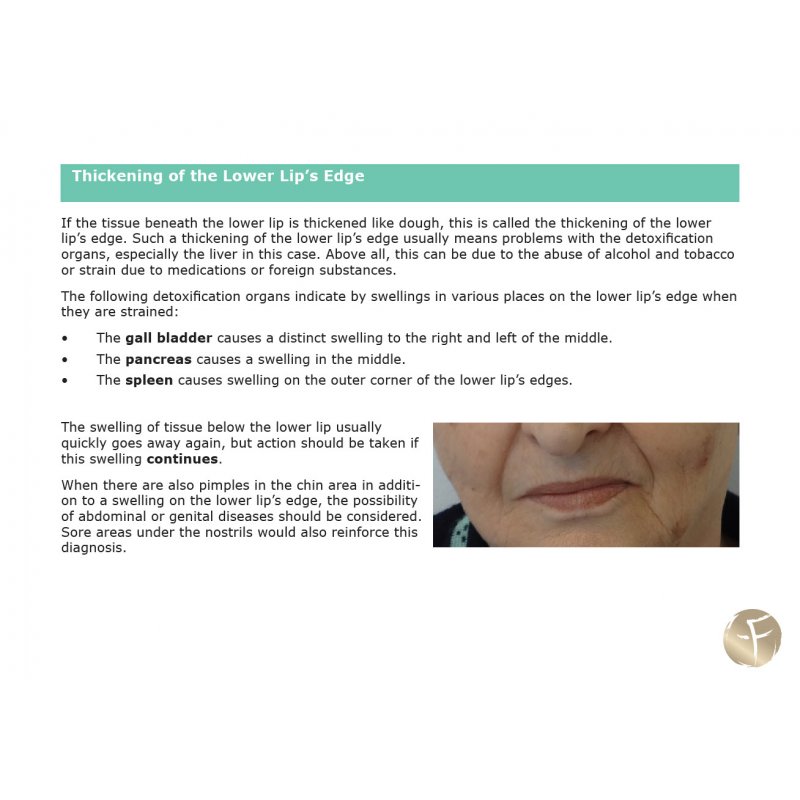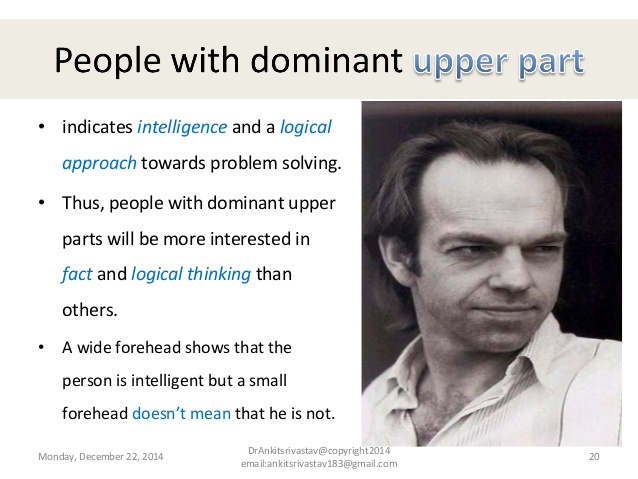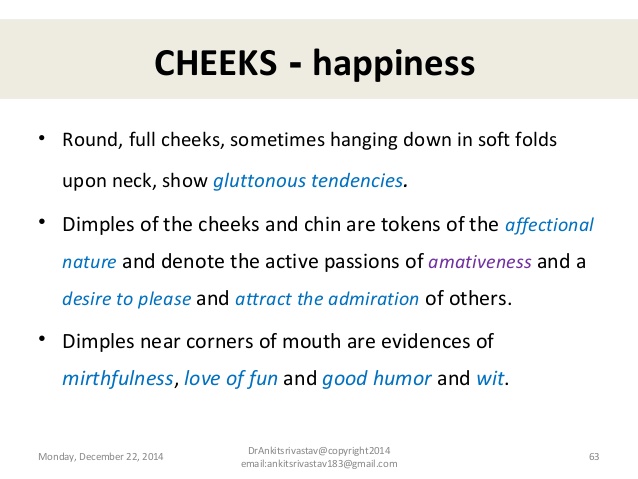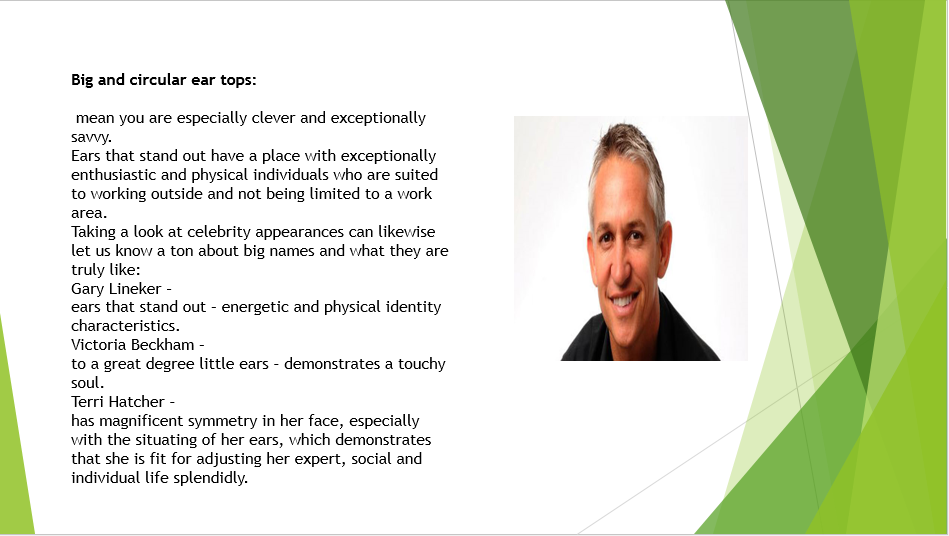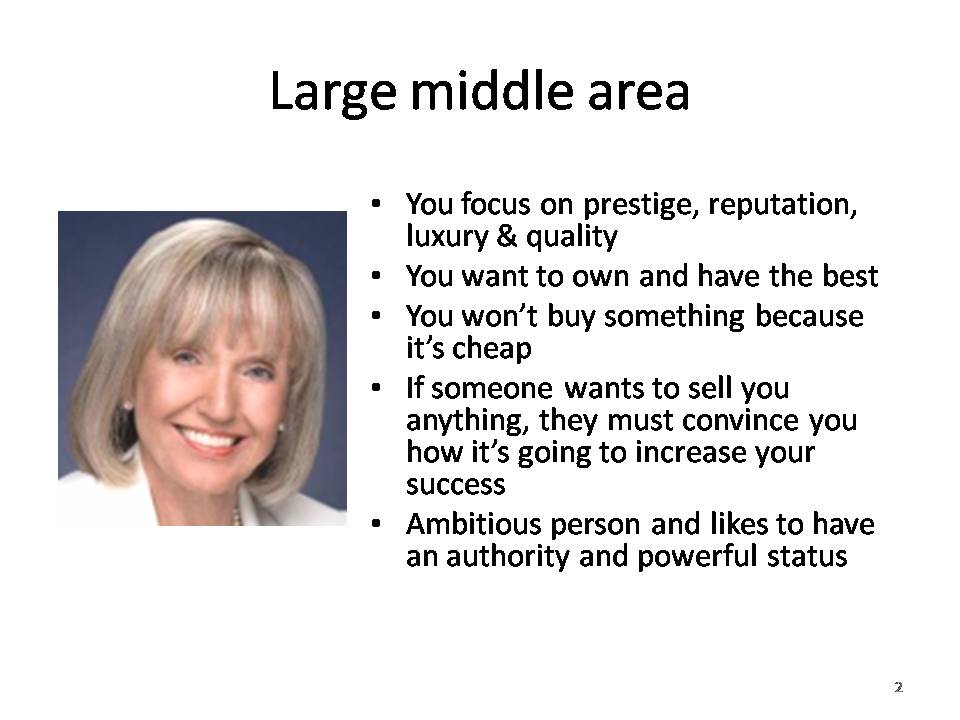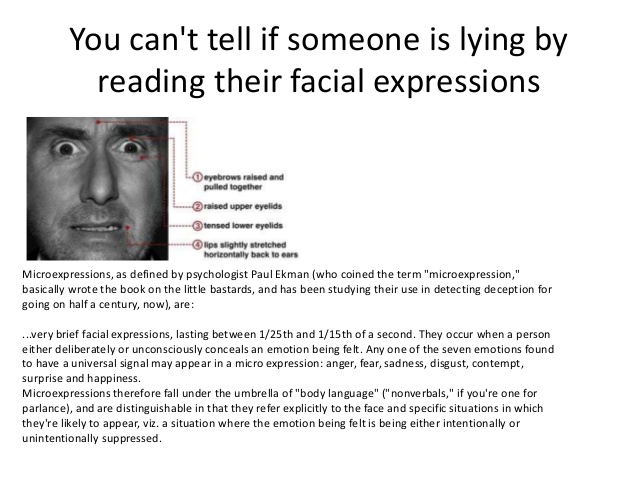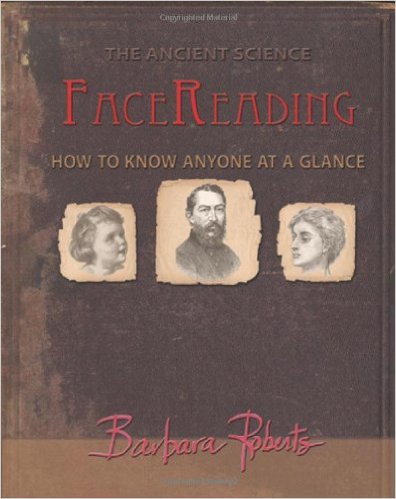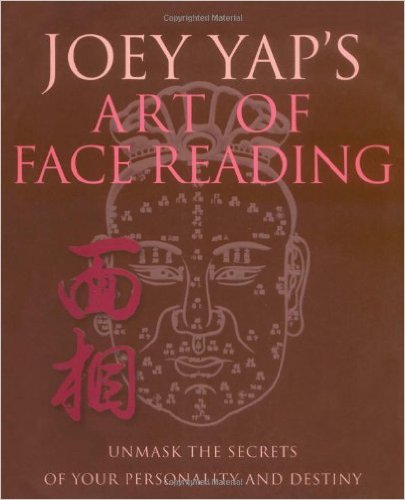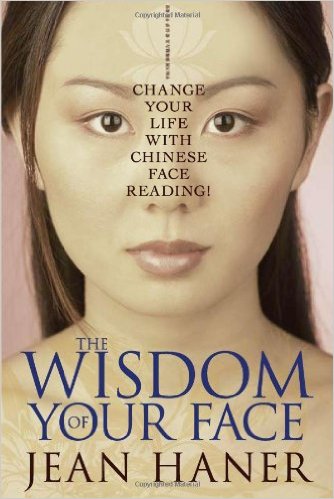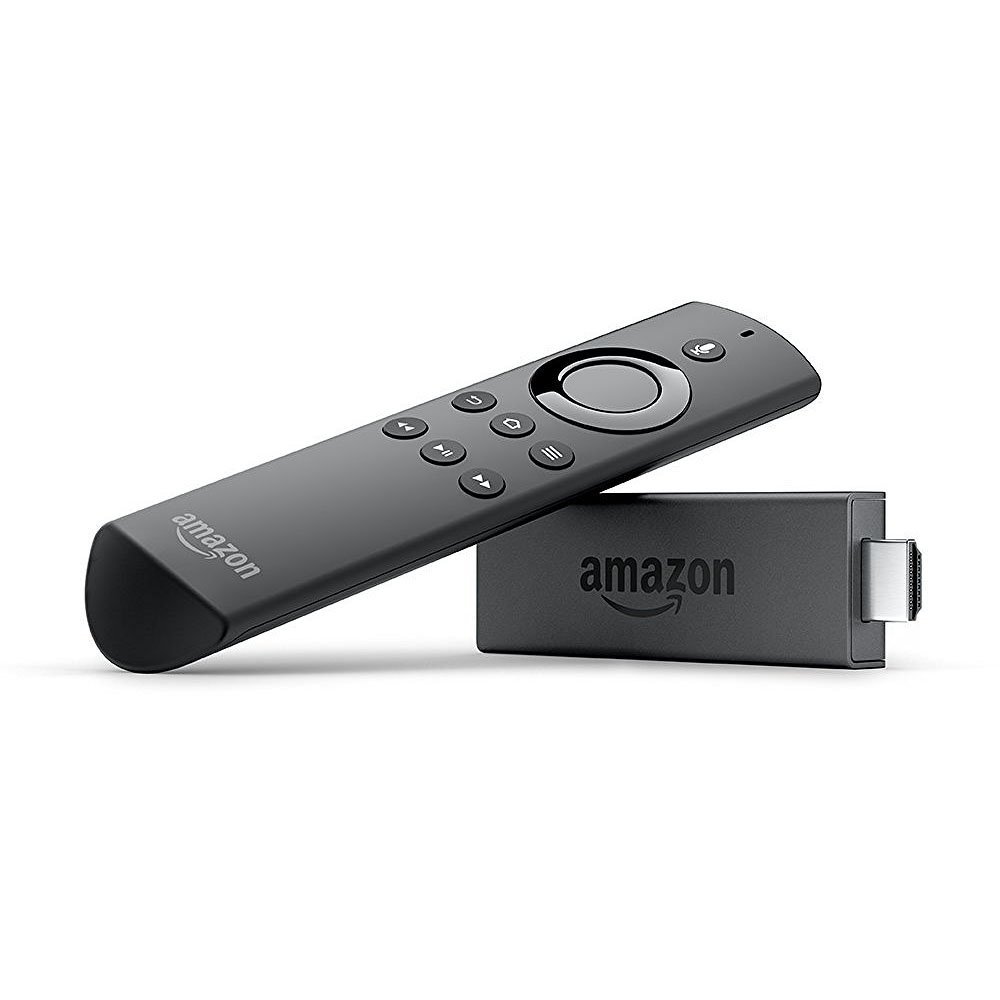Lasers Skin Treatments the facts and experts advice
On week 308 we are sharing facts, about Laser skin treatments, resources, and experts advice. It is so important to do research and know as much as you can about treatments that if are not done well can scar you for life. The prices vary but then again if you look for cheap treatments you will find them. The results can be devastating, so it is important to not compromise.
We are very grateful for your likes and shares and for all the thousands of followers, thank you for your support it is our fuel.
Have you suddenly found yourself with unwanted skin conditions that you wish to correct? The temptation might be to try the first “miracle cure” you come across which seems to be now just days everywhere. That could be anything from a cream or lotion to a laser treatment a homemade product, lunchtime fillers and in office, surgeries to mention a few modalities readily available. But, while many of those options work well for some skin conditions and variable different personalities, to say the least, they don’t all work for every person or every skin type. That’s why it’s important to carefully examine all of your laser and non-laser options before choosing one and that is if you need it at all.
Do RESEARCH and find a Dr that is certified and has a lot of experience check the reviews, ask him how long and how often he does upgrading training and how knowledgeable he is about upgrades and new techniques how long has he done the procedures ask for photos and if he or she has people that you can talk to. Ask as many questions as they come to mind because that will make the difference in between a major Aweee!! that may not have fixing and an incredibly well-done procedure. If you are looking for the best price, make sure you don’t compromise quality and integrity, because if you do it will probably cost you more to fix it if it is possible to do so, you can end up with great regret. What we are saying is RESEARCH it well, from here we are taking you on a journey to learn about the different kinds of Lasers and most of their qualities, pros, and cons.
Laser
A laser is an acronym for “light amplification by stimulated emission of radiation.” Lasers work by emitting a wavelength of high-energy light, which when focused on certain skin conditions will create heat and treat the problem via destruction. There are many different wavelengths (or colors) of lasers because each wavelength treats different things this is a very important fact. That explains why so many models and types of lasers exist.
According to:https://en.wikipedia.org/wiki/Laser
A laser is a device that emits light through a process of optical amplification based on the stimulated emission of electromagnetic radiation. The term “laser” originated as an acronym for “light amplification by stimulated emission of radiation”. The first laser was built in 1960 by Theodore H. Maiman at Hughes Laboratories, based on theoretical work by Charles Hard Townes and Arthur Leonard Schawlow. A laser differs from other sources of light in that it emits light coherently. Spatial ( space ) coherence allows a laser to be focused to a tight spot, enabling applications such as laser cutting and lithography. Spatial coherence also allows a laser beam to stay narrow over great distances (collimation), enabling applications such as laser pointers. Lasers can also have high temporal coherence, which allows them to emit light with a very narrow spectrum, i.e., they can emit a single color of light. Temporal coherence can be used to produce pulses of light as short as a femtosecond.
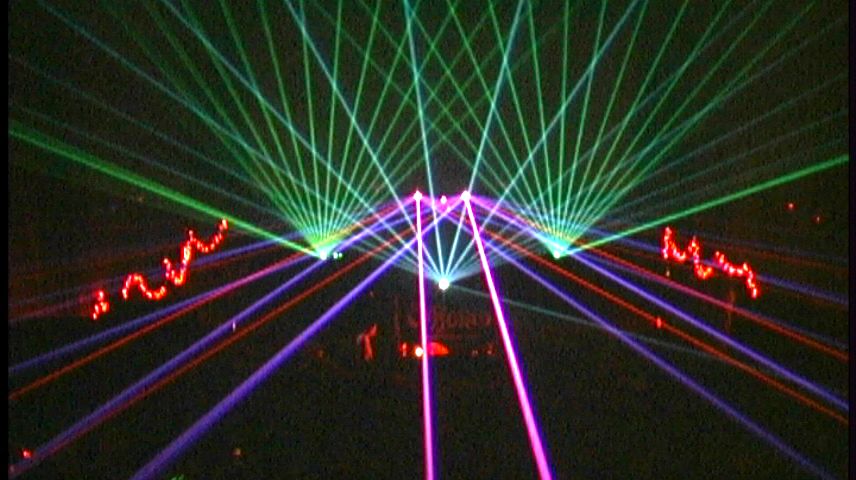
According to NASA: http://spaceplace.nasa.gov/laser/en/
Lasers are a special form of light. Laser light does not exist in nature.
Only human technology can create laser light.
Ordinary light, like sunlight, is made up of many different wavelengths, or colors, of light.
The difference between daylight and Laser light. First, the light from a laser contains exactly one color or wavelength rather than a lot of different wavelengths. Scientists say that laser light is “monochromatic,” meaning of one color.
Second, all the wavelengths are in phase. That is, they are all “waving” together at the same time in the same direction, like a well-timed audience. All the wave crests (high points) and troughs (low points) are lined up. Scientists say the laser light is “coherent.”
And third, while light waves from ordinary sources (such as flashlights, light bulbs, or the Sun) spread out in all directions the laser light waves are all traveling in the same direction, exactly parallel to one another. This means that laser light beams are very narrow and can be concentrated on one tiny spot. Scientists say the laser light is “collimated.”
Because the laser light is monochromatic, coherent, and collimated, all of its energy is focused on producing a small point of intense power. This focused power makes laser light useful for cutting and welding. It also makes it possible to control laser light very precisely witch extends the versatility of it.
Different Kinds of Lasers and their qualities
Laser Terminology:
Selective Photothermolysis: Photothermolysis means using light (photo) to heat (Thermo) a selected area for destruction (lysis). It is the process by which lasers work to treat skin problems.
Ablative: Ablative lasers were the first type of laser to be used in laser skin resurfacing. They vaporize the top layer of your skin, physically removing (destroying) any skin damage you want to treat and allowing healthy skin to grow back. Old school CO2 laser resurfacing is an example of an ablative procedure. Nowadays, ablative lasers (not fractionated, which is explained below) are rarely used for the face because of the long downtime. It takes months to recover and multiple ablative treatments to get the desired results. Some people are also subject to a high risk of scarring and hyper/hypo-pigmentation.
Non-Ablative: Non-ablative lasers penetrate into deep layers of skin without removing the top layer of skin. Therefore, they can treat skin issues without damaging the surface of your skin. These lasers are a significant improvement over ablative lasers because of the large decrease in recovery time. Many non-ablative lasers claim to have “no downtime” and are even advertised as “lunch-time” procedures. However, in my experience, even with a non-ablative laser, you will still experience side effects. But you will be able to go back to your normal life far more quickly than with an ablative laser treatment.
Fractional: While non-ablative lasers were less invasive than ablative lasers, they proved to be weaker. Because of this, fractionated cosmetic lasers were developed. Fractionated, fractional, or fractionally means that a laser beam is split into hundreds of tiny beams (a bunch of dots) instead of one solid beam. Therefore, when a fractionated laser penetrates your skin, it penetrates in a scattered way, treating some skin while leaving the skin in between alone. In other words, your skin is only fractionally treated with a laser because the laser beam has been split up (think string cheese instead of a block of cheese). Instead of getting one solid dose of a laser in a specific area of your skin, you get a spread out a dose, receiving the same benefits minus the downtime. The first fractionated laser was Fraxel, but any type of laser can be fractionated – fractionated ablative lasers, fractionated non-ablative lasers, fractionated carbon dioxide lasers, fractionated nd: yags, etc.
Pixel Laser: Pixel lasers or pixel technology means the cosmetic laser in question has been fractionated.
Continuous Wave: A continuous wave (CW) laser is a laser beam that is constant. The laser emits high energy light non-stop, unlike pulsed lasers which emit laser beams in short bursts. Old cosmetic laser technologies like carbon dioxide lasers and argon lasers are examples of continuous wave lasers. CW lasers are not used to treat facial skin anymore because there are other lasers that produce the same results without such severe side effects and downtime.
Pulsed: A pulsed laser delivers laser beams in pulses. Instead of lasing your skin in one continuous beam, pulsed lasers zap your skin in beats. Therefore, instead of going zaaaaaaap like a continuous wave laser, pulsed lasers go zap, zap, zap. There are long-pulsed pulsed lasers, with a pulse duration of around 30-50 milliseconds, and short-pulsed pulsed lasers, with a pulse duration of around 5-100 nanoseconds.
Q-Switched: Q-switching refers to the technique of making a laser produce a high-intensity beam in very short pulses. Q-switched lasers are a type of pulsed laser, but they are short-pulsed pulsed lasers with durations of 5-100 nanoseconds. Q-switched lasers are usually used for tattoo removal on the skin.
Long-Pulsed: A long-pulsed laser is a pulsed laser that has a pulse duration of approximately 30-50 milliseconds. It’s still a very short pulse, but compared to short-pulsed pulses, long-pulse pulses are relatively long.
Diode Laser:
A diode laser emits a wavelength of light at 800nm. They are usually used for hair removal, skin pigmentations, and vascular lesions like spider veins.
Argon Laser: An argon laser is an ablative, continuous wave laser with argon as the medium. It’s an older laser technology and used to be used for laser skin resurfacing. However, because it had a lot of side effects, it is not used that much in cosmetic medicine anymore.
Carbon Dioxide Laser (CO2 Laser): Like argon lasers, carbon dioxide lasers were one of the first cosmetic lasers used to treat skin conditions. A carbon dioxide laser is very strong and can cut into or vaporize skin tissue. As the name suggests, it uses carbon dioxide as its medium. A continuous wave carbon dioxide laser is not as favorable anymore to treat facial skin conditions because of the severely associated downtime. Instead, the carbon dioxide lasers used on skin today are fractional carbon dioxide lasers. Continuous wave carbon dioxide lasers are still used to remove moles and other skin issues though.
Erbium Laser: An erbium laser is an ablative laser used for skin resurfacing. Like carbon dioxide lasers, erbium lasers vaporize the surface of your skin. However, they do not penetrate as deeply as CO2 lasers and are therefore used to treat moderate wrinkles and photoaging on the face, hands, and neck. Non-fractionated ablative lasers are rarely used for the skin anymore because fractional lasers are less invasive. There are several models of fractionated erbium lasers used today.
Dye Laser: A dye laser is a laser with organic dye as the active medium. The most popular type of cosmetic dye laser is the pulsed dye laser.
KTP Laser: KTP stands for potassium (K) titanyl phosphate (TP). A KTP laser uses potassium titanyl phosphate crystal as its medium. KTP lasers are known as green colored cosmetic lasers and they are used to treat vascular lesions, such as broken capillaries, spider veins, and redness in the skin.
Nd:Yag Laser: An Nd:Yag laser is a laser that uses neodymium-doped yttrium aluminum garnet as its medium. It is one of the most common lasers, available in both continuous and pulsed modes. There is a variety of Nd:Yag lasers, which are used to remove unwanted hair and treat skin veins and facial redness.
Alexandrite Laser: This laser uses alexandrite as its laser source. Alexandrite lasers are used for hair and tattoo removal. They are especially good at removing green and black colored pigmentations in the skin.
IPL:
PL (also known as Flashlamp, photorejuvenation, and photofacial procedures) stands for intense pulsed light. IPL is not a type of laser, but a light-based treatment often referred to as a cosmetic laser treatment because they both treat similar skin conditions in similar ways. IPL uses short bursts of high-intensity light from specific flash lamps to selectively destroy pigment cells, capillaries, and hair roots on your skin. Therefore, IPL is used to treat pigmentation, vascular lesions, rosacea, hair removal, and photorejuvenation. IPL is better for people who have light, pale skin. Though post-treatment side effects resemble a sunburn, some people actually experience skin blisters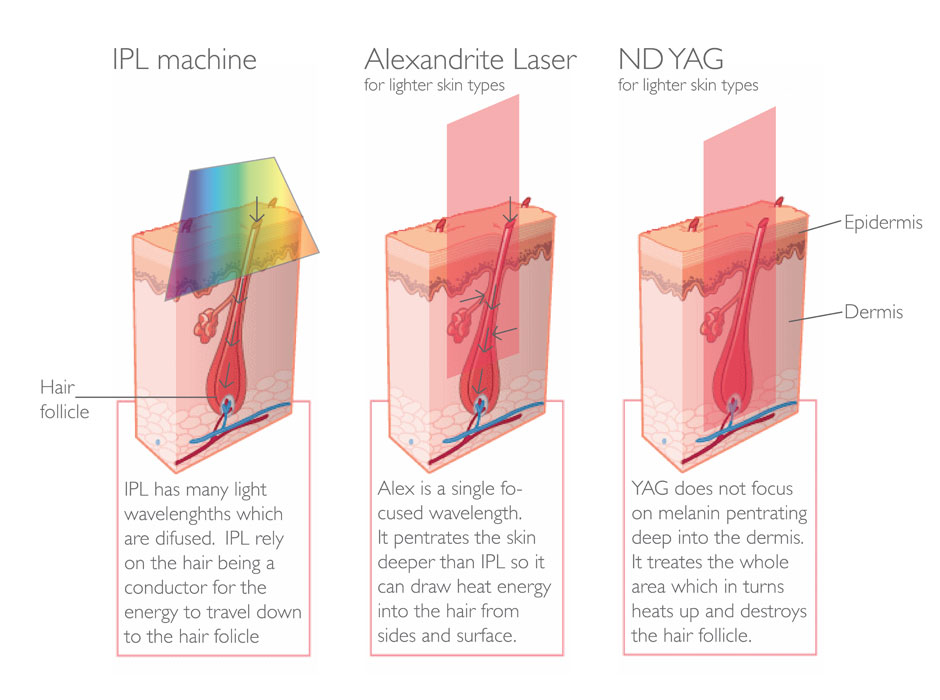
Fraxel:
Fraxel is a family of three cosmetic lasers made by a company called Solta. All three lasers in the Fraxel family use fractional photothermolysis to treat certain skin conditions. There are two non-ablative Fraxel lasers and one ablative Fraxel laser. The two non-ablative lasers are Fraxel refine (used for skin rejuvenation and minimizing fine facial lines) and Fraxel restores (used for skin resurfacing, treating photodamage, and reducing the appearance of acne scars). The ablative laser is Fraxel repair, which uses a CO2 laser to treat skin pigmentation and deeper facial wrinkles. Fraxel was one of the first fractionated lasers on the market.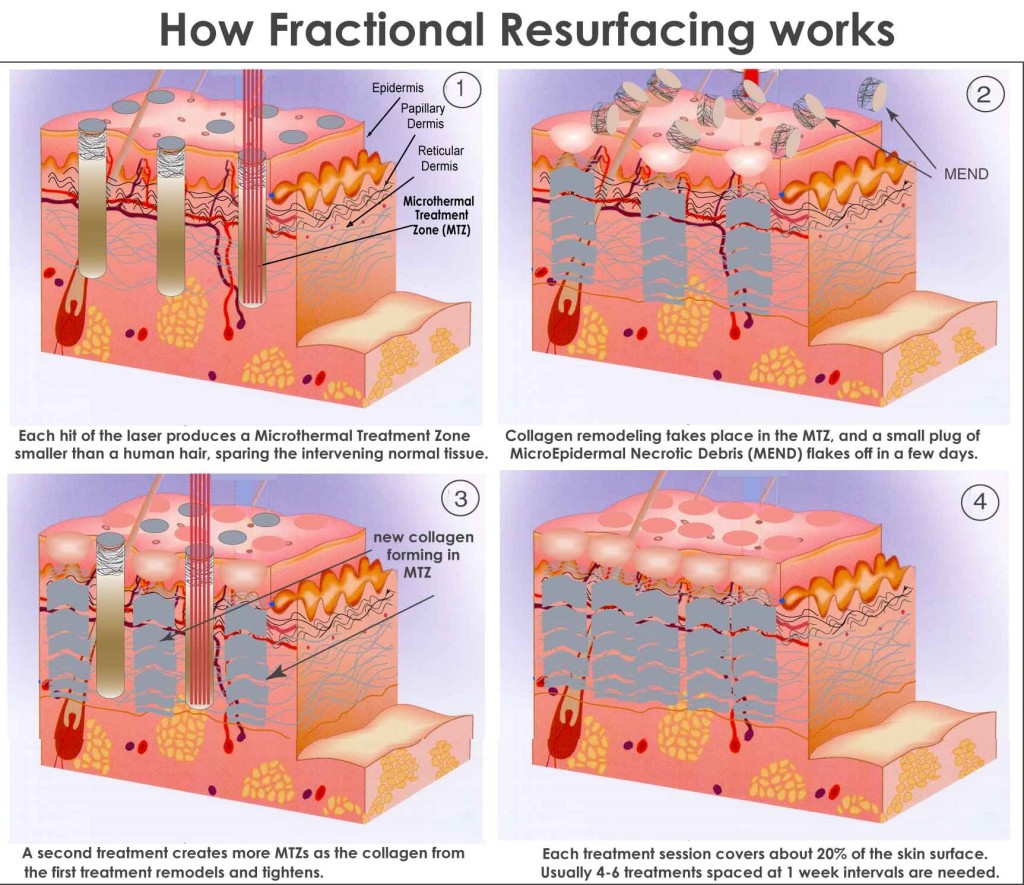
Vbeam:
Vbeam is the name of a pulsed dye laser manufactured by the company Candela. It treats rosacea, port wine stains (birthmarks), and broken blood vessels, essentially minimizing any skin condition involving redness. Vbeam uses a cooling spray with each laser pulse to minimize pain from the treatment.
Radiofrequency (RF):
Similar to how lasers are an energy source, radiofrequency is also an energy source for aesthetic medical procedures. The most common cosmetic treatment using radiofrequency is Thermage, a device developed by the same company that makes Fraxel. Radiofrequency is used to heat (or damage) deep layers of your skin (without damaging the surface) so your body will “heal” the injury, producing more collagen to tighten skin and make it look younger. However, radiofrequency contracts fat cells so many people have experienced facial fat loss and thinner faces after receiving radiofrequency treatment.
How it works
The magnetic pulse component of (MP)2 induces the release of growth factors required for the sprouting of new blood vessels, as well as for proliferation of dermal fibroblast. Simultaneously, the RF component induces collagen and elastin synthesis by causing controlled thermal damage in the dermis, which triggers the self-repair mechanism of skin tissue. The result is a marked improvement in skin tightness and elasticity and in overall skin condition.
(MP)² brings you the power of clinically proven, medical grade Magnetic Pulse Technology with the unique Multi Polar RF, enabling practitioners to offer clients a safe, pleasant and effective skin tightening treatment with excellent clinical results.
Infrared:
Infrared is another source of energy used in cosmetic medicine. The most popular infrared skin device is called Titan. It is often used for a “non-surgical facelift.” Heat from infrared energy contracts, but does not destroy, collagen in your skin. Your skin then increases its collagen production to “replace” the lost collagen, resulting in a “lift” in your skin.
Ultrasound:
Ultrasound is the newest energy source used for cosmetic medical procedures. Ultrasound imaging allows you to visualize the tissue beneath the surface of your skin. Therefore, you can see where damage is located and target them precisely. Ultrasound facial procedures rejuvenate the skin and minimize sagging. Ulthera is the name of a popular ultrasound treatment device.
I got lucky and I was given an Ulthera treatment, from a reliable professional Dr and it works right away, the weird fact is that it keeps on working for at least 9 months it is amazing and no ouweee, I just didn’t use make up for a couple of days , I felt that the skin already was trying to heal, so I pampered the skin with Vitamin C, A and D and definitely stayed out of the Sun.
Skin Rejuvenation:
Skin rejuvenation and photorejuvenation basically mean making your skin younger by minimizing wrinkles, pigmentation, sagginess, and other damage from photoaging. There are three main ways to rejuvenate your skin: 1) thermal photorejuvenation using radio-frequency (i.e. Thermage), 2) chemical photorejuvenation using chemical peels, and 3) mechanical photorejuvenation using cosmetic skin lasers.
Photoaging:
Photoaging is a term used to describe the aging of the skin that occurs because of the sun’s UVA and UVB rays.
What is laser skin resurfacing?
Laser skin resurfacing, also known as a laser peel, laser vaporization and lasabrasion, can reduce wrinkles, scars, sun damage, liver spots and blemishes. Newer laser technologies give your plastic surgeon, or Dermatologist a new level of control in laser surfacing, permitting extreme precision, for all over the body and especially in delicate areas.
Laser skin resurfacing can improve many conditions, such as:
- Fine lines or creases around or under your eyes, forehead or mouth and neck
- Scars from acne or chickenpox, surgeries, burns etc
- Non-responsive skin after a facelift, like a slow healing skin
- Aged or sun-damaged skin
- Liver spots
- Improve your complexion if you have yellowish or grayish skin tones
- Warts, moles, spider veins
- Birthmarks such as linear epidermal nevi
- Enlarged oil glands on the nose and general pore size
How does laser skin resurfacing work?
It is about using beams of light. The Dr. uses the laser to send short, concentrated pulsating beams of light at irregular skin issues. This will remove unwanted, damaged skin in a very precise manner one layer at a time.
Laser skin resurfacing’s targeted approach means there are fewer problems with hypopigmentation, or a lightening of skin for procedures such as laser acne scar removal and that includes dark skins or any skin that has that tendency.
The laser beam used in laser resurfacing will remove your outer layer of skin, called the epidermis. It simultaneously heats the underlying skin, called the dermis. This action works to stimulate the growth of new collagen and Elastin fibers. As the treated area heals, the new skin that forms is smoother and firmer, Bay like is fantastic!
What happens during laser skin resurfacing?
For the best results, your plastic surgeon may first start you on a few series of skin treatments to prepare your skin for your laser procedure, not always this is a part of all Dr’s procedure, now a day most Dr’s just go right into it. Often these treatments begin 6 weeks or more before your scheduled procedure. These skin treatments are customized for your particular skin type to minimize complications and obtain the best result from your laser resurfacing.
Almost all Cosmetic laser resurfacing is usually done on an outpatient basis and typically takes between 30 minutes and 2 hours, taking time to asses the skin and overall health of the person and if they qualify for it, plus the numbing of the skin prior to the procedure.
Managing discomfort:
Laser skin resurfacing can be painful for some people and not for others. This is why your doctor may numb the skin with local anesthetics usually a cream. You may also receive a sedative to help you relax. If you are opting for extensive resurfacing that takes a longer amount of time, or if you’re having other cosmetic procedures simultaneously, your Dr may use a general anesthetic on extreme cases or if you are having surgery at the same time. Afterward, the doctor will provide painkillers to keep you comfortable or and anesthetic healing cream. In preparation, your face will be thoroughly cleaned and you will be given eye protection.
Special considerations, risks, and recovery
Every skin that’s treated with laser resurfacing may react in different ways. But for the most part, it will feel like a mild sunburn, of course, everybody is different. You’ll have some redness and swelling. You may also experience itching or stinging for a few days after the procedure, like Sunburn.
Depending on the treatment, some people may have what looks like a severe sunburn or discoloration. The skin will be raw, and sensitive. Do not scratch or pick at crusts because this can cause scarring and use a strong eco-friendly preferable perfume sent free Sunscreen at all times with or without operant sunlight.
Usually, about five days to a week after laser skin resurfacing, your skin will peel and the beautiful new skin will be there waiting for you to love it!.
To achieve an optimum look, follow these steps as part of your recovery:
- Clean the treated areas two to five times a day with saline or a diluted vinegar solution pat it on doesn’t rub or as directed by your plastic surgeon.
- We recommend Vitamin E and A, chamomile compresses and a good non-premixed vitamin C.
- Apply protective skin care treatments that are recommended by your doctor to help your skin heal.
- After healing, you’ll need to use sunscreen, particularly one that’s formulated for the sensitive, rejuvenated skin on your face. Every day and really through the day. No exceptions!
- Use a liberal amount of Organic moisturizer each day on your new skin, I suggest good oils too.
You can expect that the treated area will peel. After that, the new, rejuvenated skin will be pink, but it will gradually lighten over two to three months. It may take up to a year for the pinkness to go away. It is very important to protect your skin during this time of healing. Redness tends to last longer in blondes and redheads.
You may resume application of Retin-A and/or glycolic acid products around six weeks after laser resurfacing or as directed by your physician.
Complications of laser skin resurfacing can include:
- Acne flares of some kind. Your doctor will recommend a treatment regimen.
- Sometimes there is a Bacterial infection. Your doctor may recommend taking an antibiotic prior to the procedure and afterward.
- Cold sore reactivation. This may occur if you have laser resurfacing around your mouth especially if you already had outbreaks before. Be sure to tell your doctor about your history of cold sores prior the treatment don’t hold back he will help you prevent them. You can prevent the reactivation by taking an antiviral medication before and after the procedure.
- Hyperpigmentation. It’s possible the treated area can become darker in tone. Your physician may recommend a bleaching solution or a different procedure that will prevent this from happening. More rarely you may have hypopigmentation, a lightening of the skin tone.
- Milia. These small white bumps may appear during healing. They can be removed by gentle cleansing with a washcloth or agent exfoliation.
- Prolonged redness. For some people, the redness just takes longer to disappear, but we sure you will.
- Scarring. This is rare, but possible especially if you PICK!!!! your skin no, no.
- Swelling. If you are having laser skin resurfacing around your eyes, your doctor may prescribe oral steroids to manage this swelling, we recommend to follow instructions on these and then go Organic compresses perhaps of chamomile or other ant anti-inflammatory herbs.
Tips for an easier recovery:
- Elevate your head with an extra pillow at night so you drain fluids and help to move lymph.
- Use an ice pack during the first day or two to ease swelling and discomfort, always place the Ice Pack inside a cloth do not place it straight on the skin it can damage it, do five minutes at a time and place the recommended products from your DR, then you can clean up.
- Stop smoking. Tobacco smoke will complicate the healing process by a million%, try to stay away from Alcohol and products that are acid so you don’t contribute to the inflammation.
Recovery times will vary depending on your treatment:
CO2 laser resurfacing: Generally up to two weeks.
Erbium laser resurfacing: One full week.
Camouflage the pink or red skin
Once your treated areas have healed, makeup may be used to tone down the color. Try a green-based makeup to neutralize red color. Be sure to opt for oil-free makeup. I personally recommend waiting 3 to four days, the longer the better. If you think about it the skin is trying to heal and place Harsh chemicals on top of it. Not so good of an idea, it may create an infection and the whole purpose of the treatment in the first place.
One option you have, especially if you suffer from acne, is mild light therapy. There are several forms of light therapy that could be helpful. One of the most common is intense pulsed light. IPL uses a light beam that doesn’t produce much heat, but it can still treat the affected areas and reduce acne scarring for the right candidates. It’s even safe treatment for teenagers with specific skin conditions.
Stronger Laser Treatments for More Widespread or In-Depth Issues
If your skin problem is over a widespread area or a more in-depth issue, it may call for a stronger form of therapy. There are several stronger types of lasers that you could try. One type is the non-ablative laser, which treats some deeper skin problems without having a major impact on the surface of the skin. Another type is ablative laser treatment. Ablative laser devices strip away the surface layer of skin, which can reveal a healthier layer underneath. That can be a great treatment for some skin conditions, but it can make others worse. That’s why it’s always important to consult an expert.
A third laser option that you might need to think about is Fractional, also known as Fraxel, laser treatment. Fraxel lasers can essentially drill tiny columns of light and heat through the skin, leaving most of it undamaged. The undamaged cells around the columns are then stimulated into helping to repair and strengthen the damaged cells, creating healthier looking skin. They do that by producing more collagen and other healthy components to strengthen the surrounding tissue.
Non-Laser Treatments for Skin Problems
Of course, there are plenty of non-laser treatments for skin problems. Two common examples are microdermabrasion and chemical peels. Both of those methods resurface the skin in much the same way that sandpaper can smooth out a piece of wood. The major difference between chemical peels and microdermabrasion is that the former works using chemicals, while the latter is actually more like sandpaper, using a tool to buff away the top layer of skin cells.
If none of those options sound good to you, don’t worry. There are many others that you could potentially try, including forms of laser devices not mentioned here, as well as various types of sound wave treatment. But, whether you choose sound wave treatment, lasers, or some other method, the important thing is to pick the treatment that is best for your skin condition and skin type. That’s the best way to get your healthy, youthful appearance back.
From: http://www.skinacea.com/facials/lasers/types.html#.ViknYLon38s
ABLATIVE LASERS:
| Type of Laser | What it Treats | Side Effects | Brands |
| Carbon Dioxide Laser (CO2) |
|
Traditional CO2 lasers took months to heal with a high risk of scarring and red skin.
Fractional CO2 lasers are less invasive and generally require 2-3 weeks of recovery If you are Asian, you have a higher risk of hyper-pigmentation or hypo-pigmentation. Do not get this treatment if you have active acne on your skin. |
|
| Erbium Laser |
|
Erbium lasers have less downtime than CO2 lasers because they burn less of the surrounding skin tissue.
Swelling, bruising and redness will usually subside in 1-2 weeks. Darker skin tones can use this laser. |
|
NON-ABLATIVE LASERS:
| Type of Laser | What it Treats | Side Effects | Brands |
| Pulsed-Dye Laser (PDL) |
|
Post-operative bruising (purpura) and temporary pigmentation changes are commonly experienced. | |
| Nd:Yag Laser |
|
Low success rate for the treatment of skin issues.
There is a chance of recurrence when used for the treatment of vascular lesions. |
|
| Alexandrite Laser |
|
Alexandrite lasers tend to better at removing finer, thinner hairs.
They are also good at removing black, green, or yellow colored tattoos. Good for those with white/pale skin. |
|
NON-LASERS:
| Type | What it Treats | Side Effects | Brands |
| Intense Pulsed Light (IPL) |
|
Redness and swelling post-op, but tends to fade in a few days.
Can experience some bruising, scabbing, and changes in pigmentation. Not good for those with darker skin tones. |
|
| Infrared |
|
Does not reach fat layer so no risk of fat loss.
Very minimal downtime. |
|
| Radiofrequency |
|
Contracts underlying fats, therefore some people experience permanent fat loss in their face. Can make face look more gaunt. | |
| Ultrasound Imaging |
|
Minimal downtime. No risk of fat loss. |

